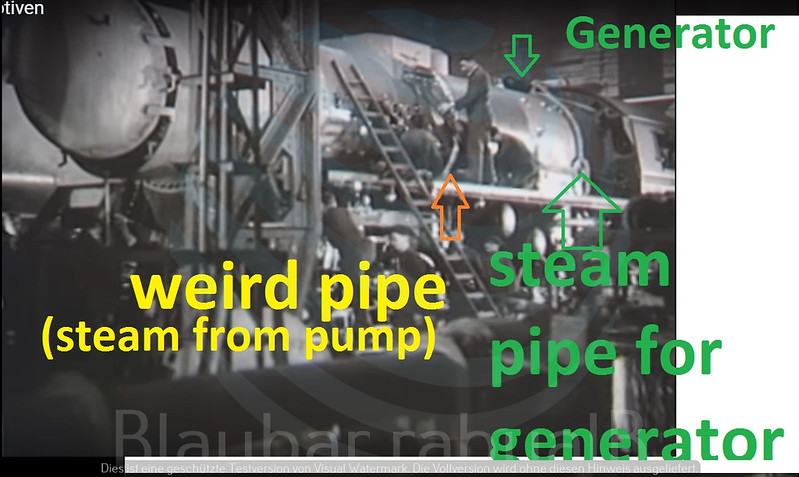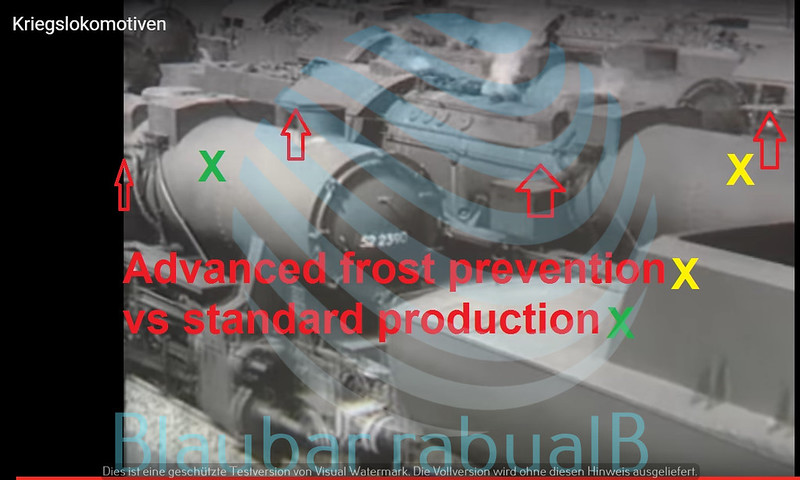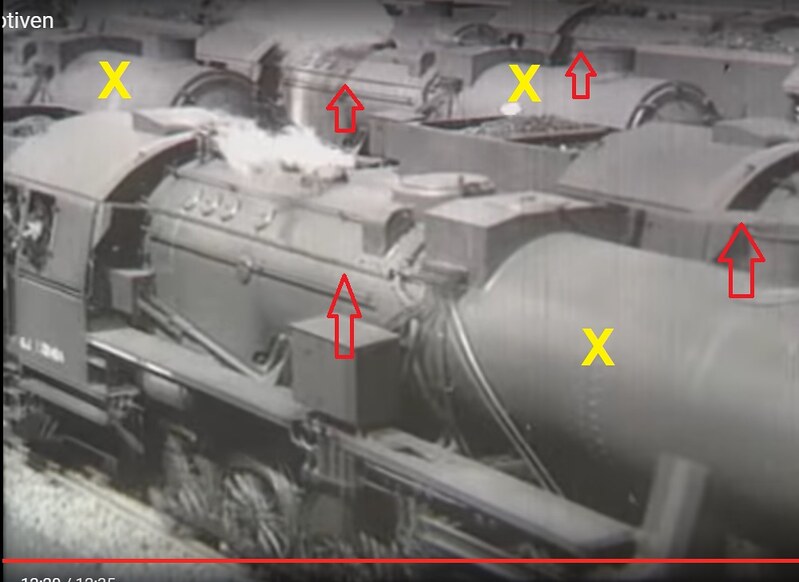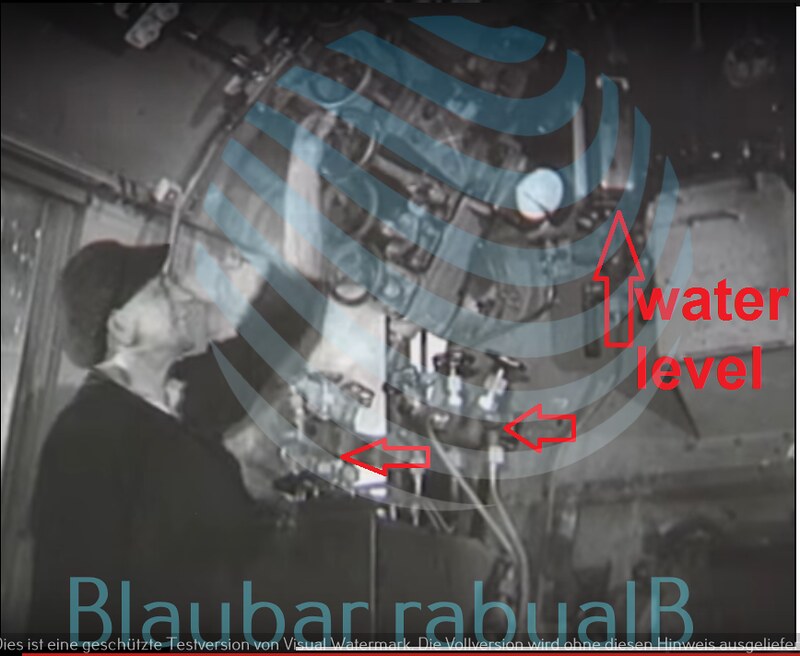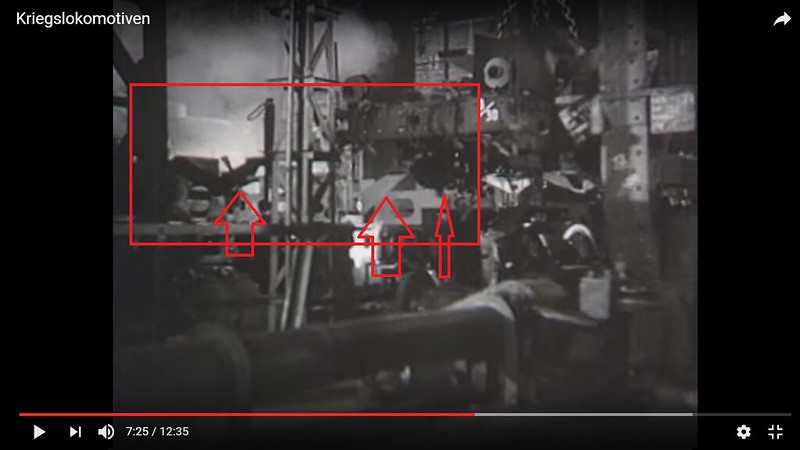
Many modellers have built and finished the Trumpeter kit, as such not much is needed to be said. For the casual OOB build it is a great model and as seen by many builds an awesome thing.
However, as I am building a historical BR 52 around March 1945, the kit is kind of useless, due to the masses of detailed errors, i.e headlights, wrong frame design, smoke box mistakes, dimension errors with the pipe covers (frost protection), tender rear side all wrong dimensions and many more. My website lists all the problems and shows (in the long run) modifications needed, all available research and publicly available documents, including a 1000 page repair manual and I hope it will help modellers in the future. It si thought to help and collect knowledge about railroad modelling with respect to war locomotives in 1/35 scale.
A useful link to all modellers is my Flickr album of a restored BR 52 which I had the chance to visit at Sinsheim with a special grant and invitation of the museum to walk around on top of the engine and inside of it, including the fire box. Feel free to download/share or whatever those pictures, I have added a four of the almost 600 pics below:
https://www.flickr.com/cameraroll
Inside the driver's cabin

On the right hand side walkway
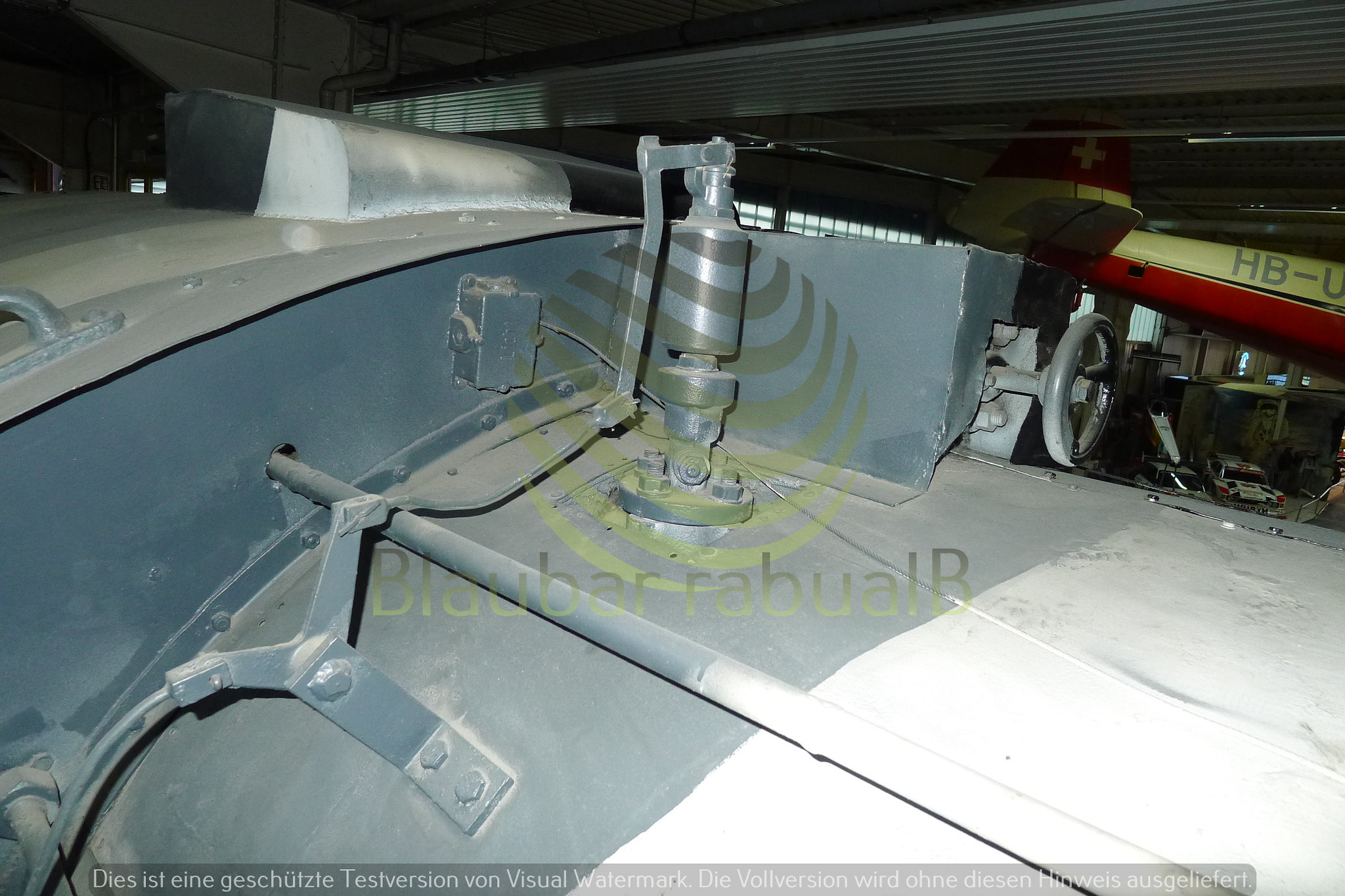
Sand dome

Fire box interior

Based on the research, major modifications evolved and over time, I had to destroy and scrap parts already built. The K4 T30 tender is almost completely scratch built as the kit dimensions are off and the frame is not useful for a real tender of this kind.


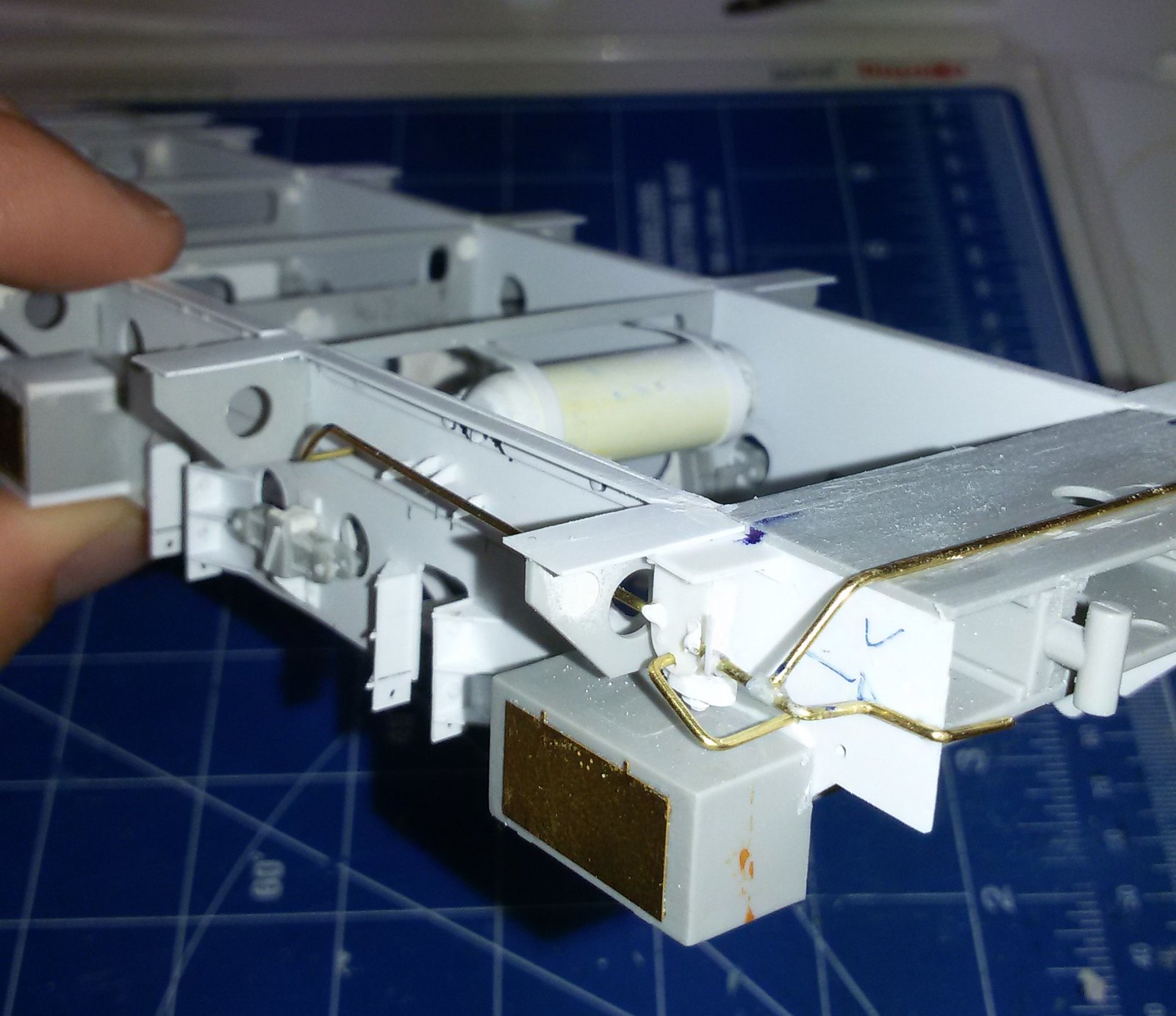
Rolled paper around the steam pipes representing the insulation for the extended frost versions

Adjustments to the coal bunker:
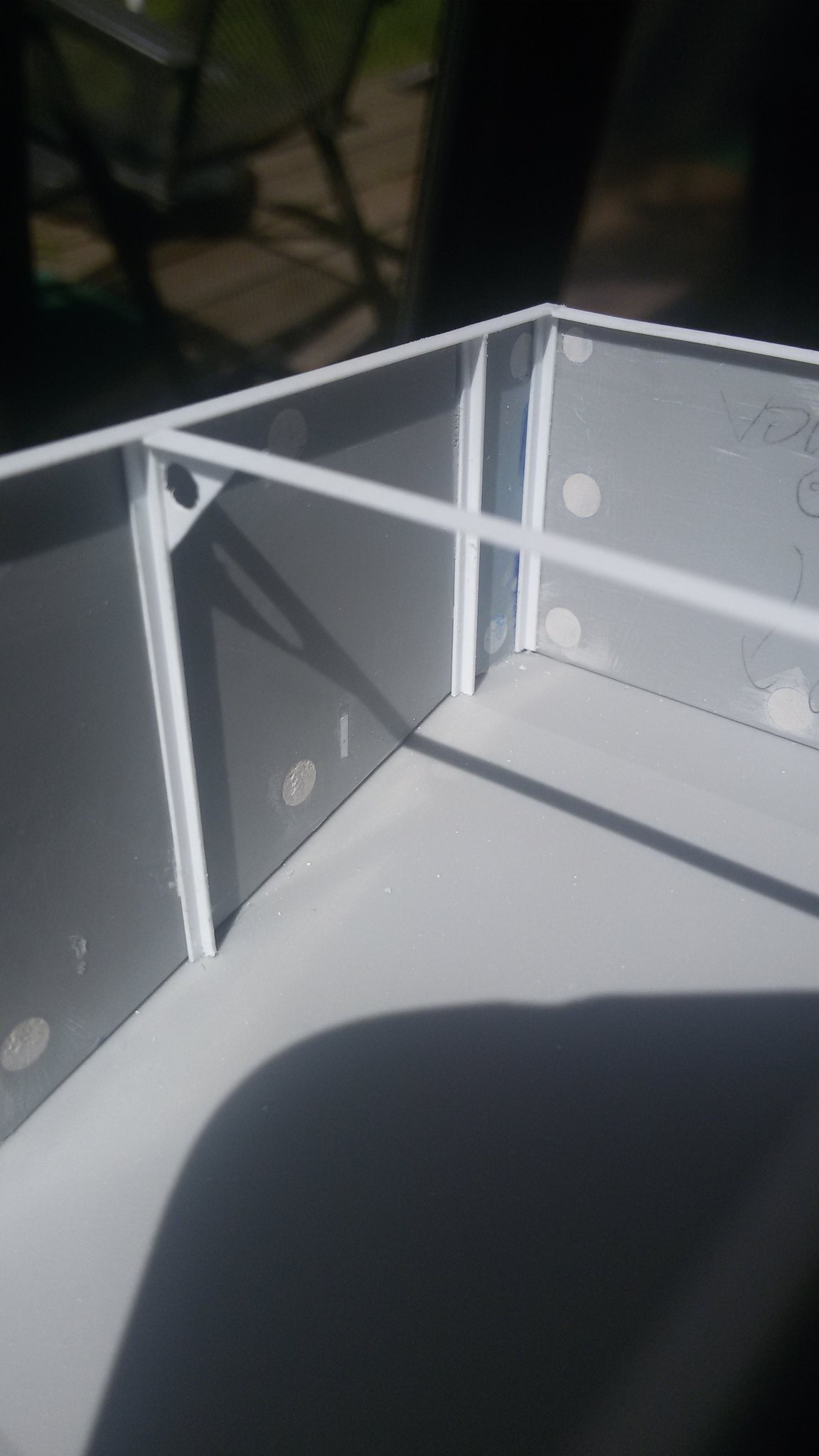
And the water tank:
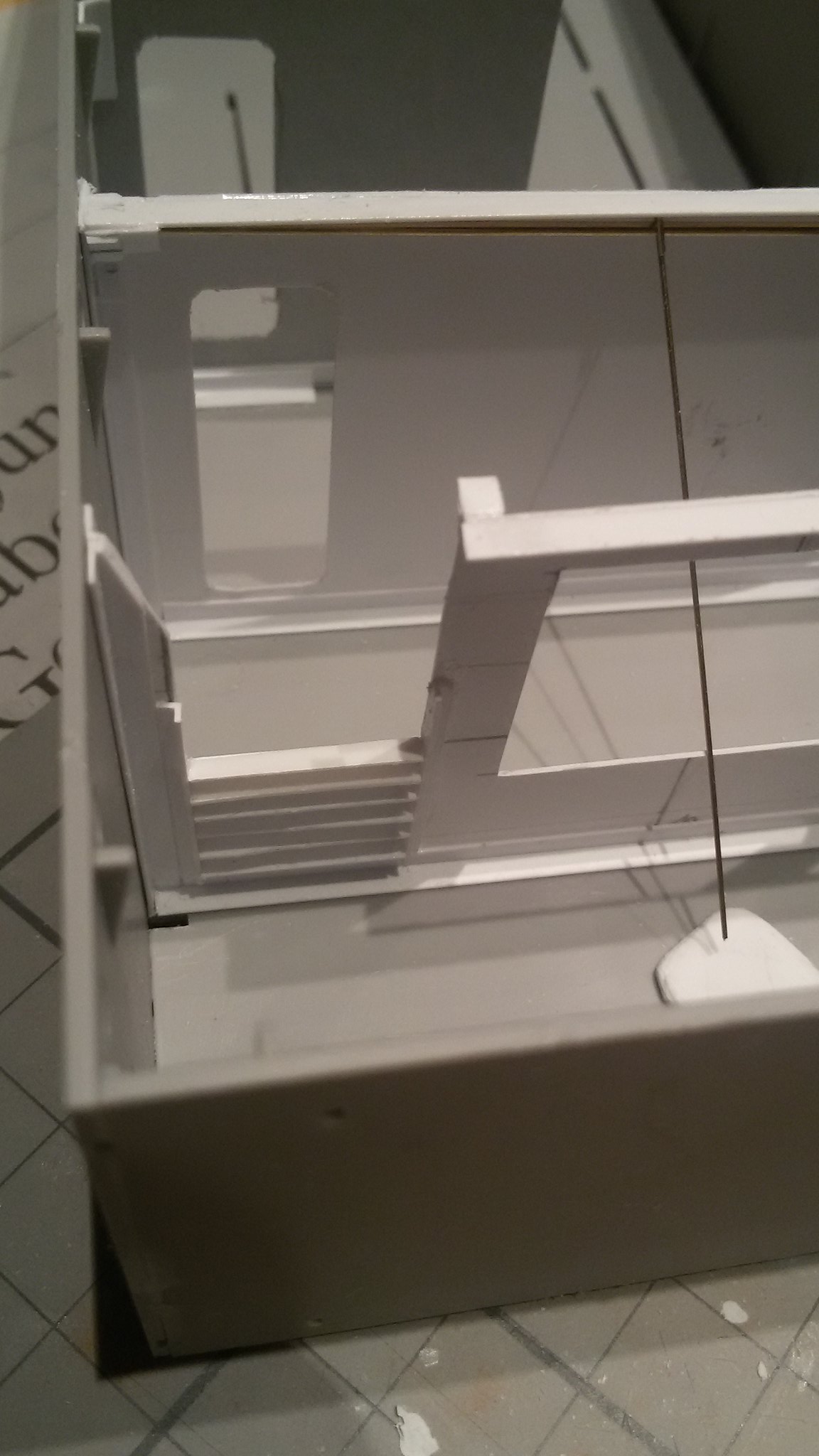
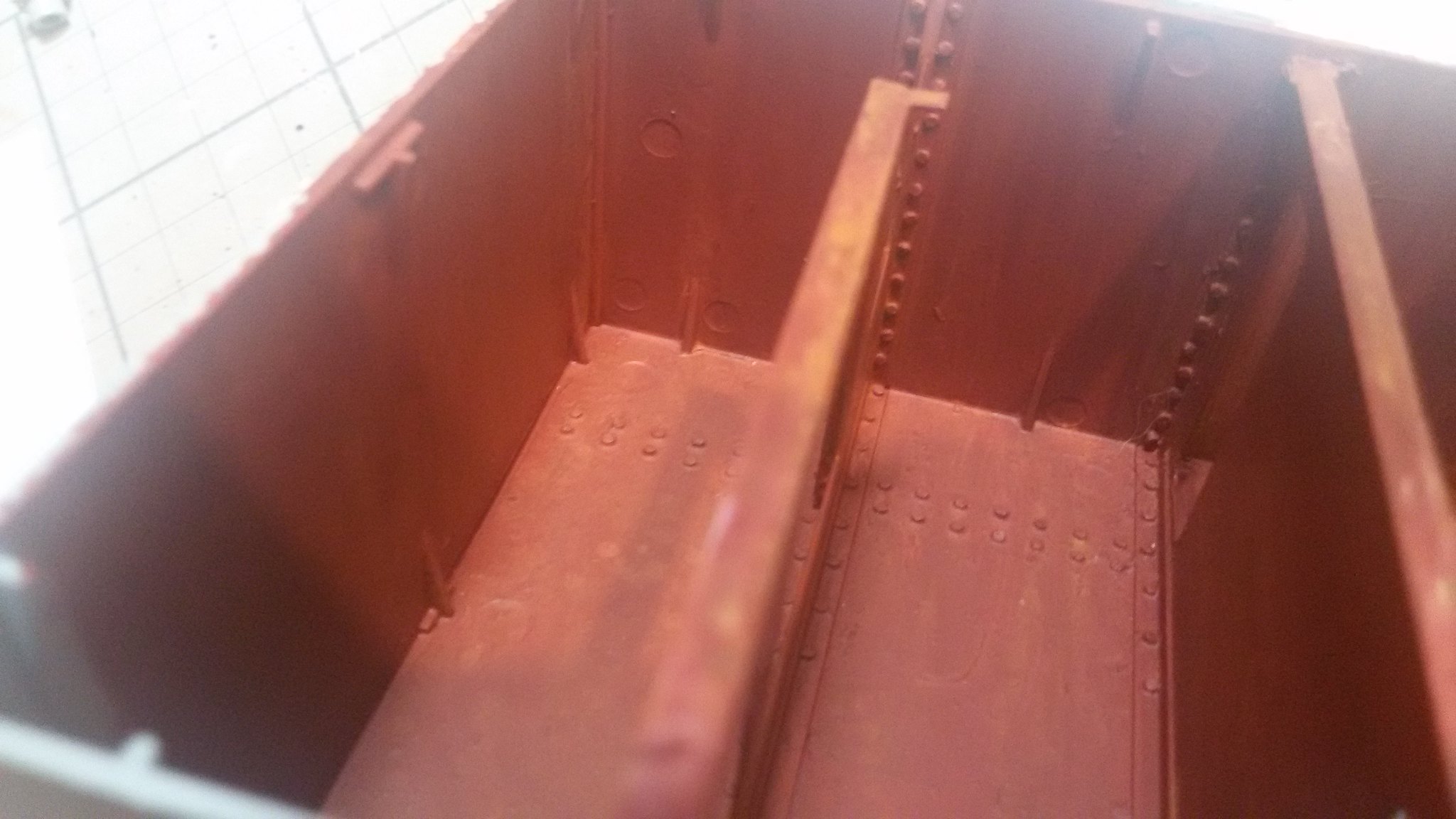
Replacing the water tank with copper sheets at the correct width and cutting to size the rear box which is 1cm too wide with the kit.


The plating also allows for a somewhat better effect of the used and bashed thin outer metal plates.
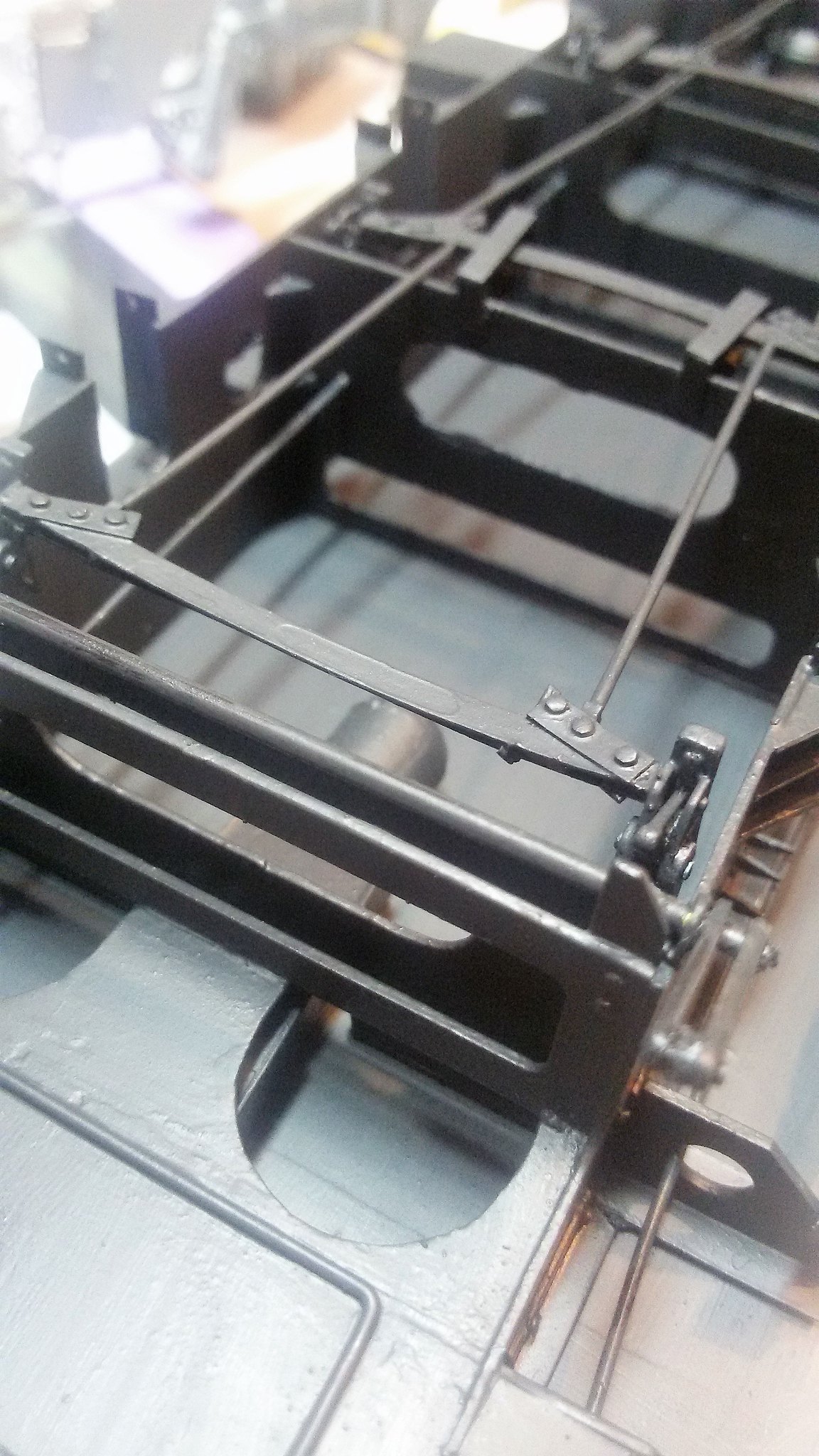
The pressure tanks are of different sizes in the kit, however they were both standardised and of the same length.
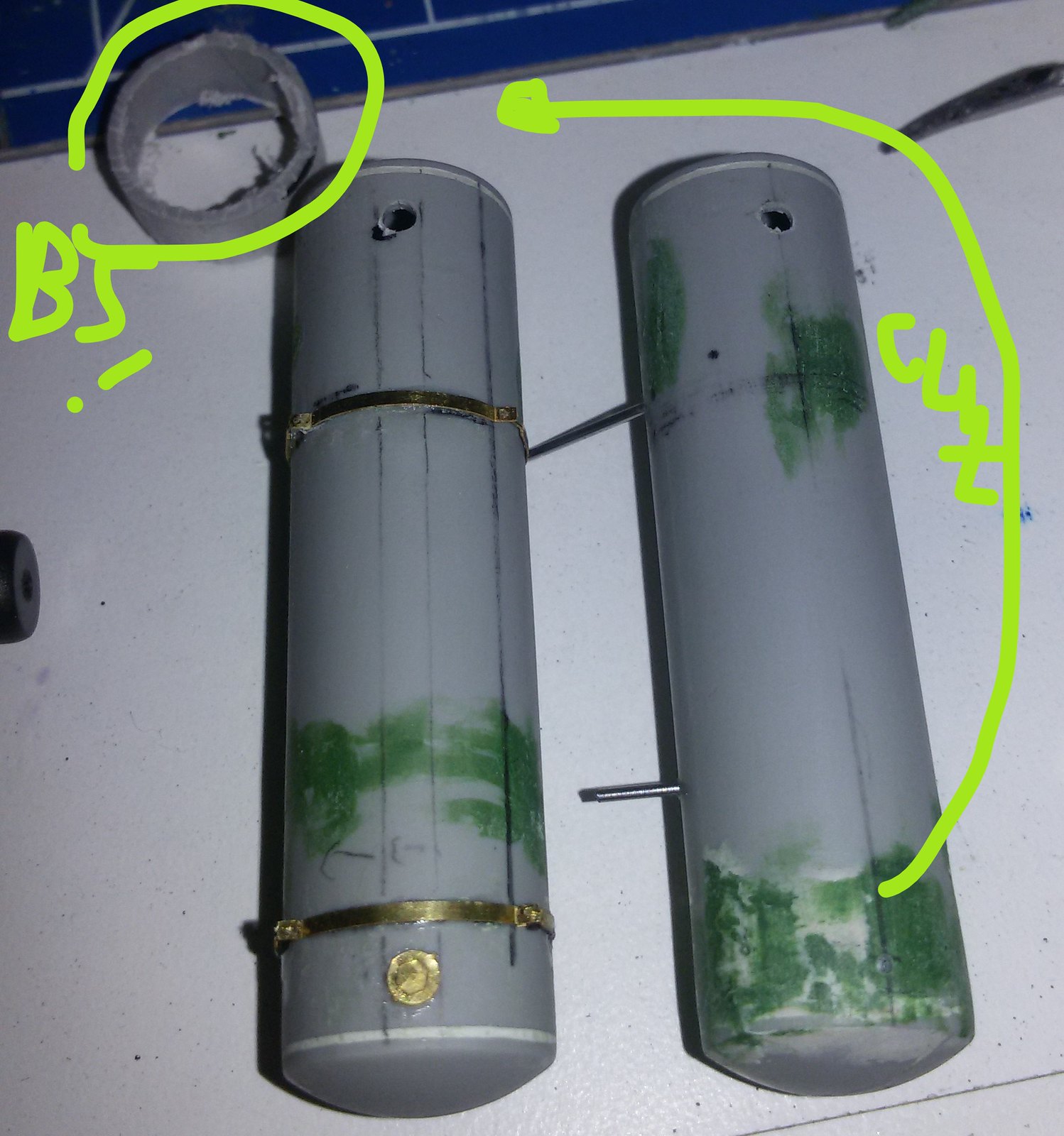
The driver's cabin floor, partially assembled

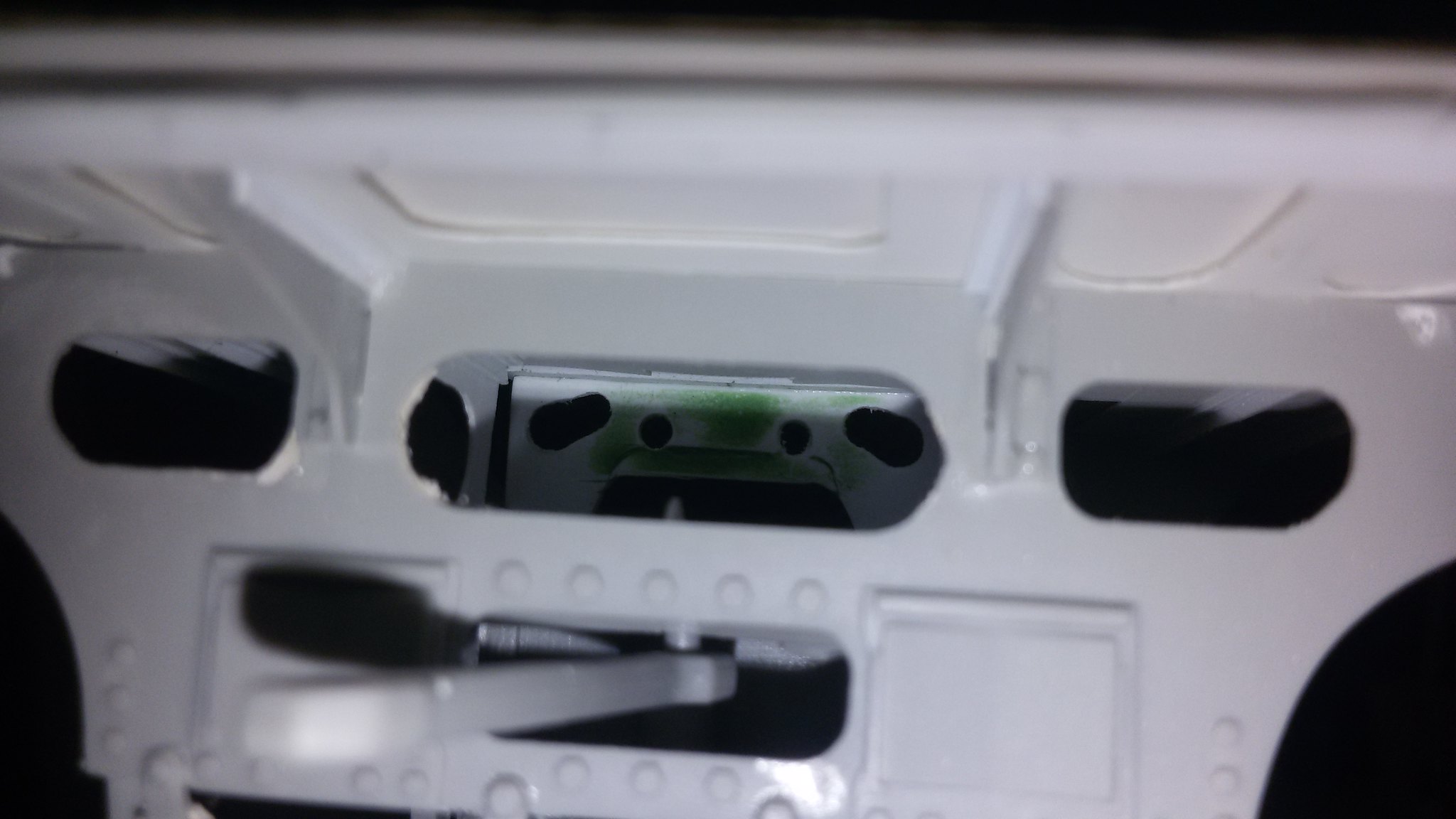
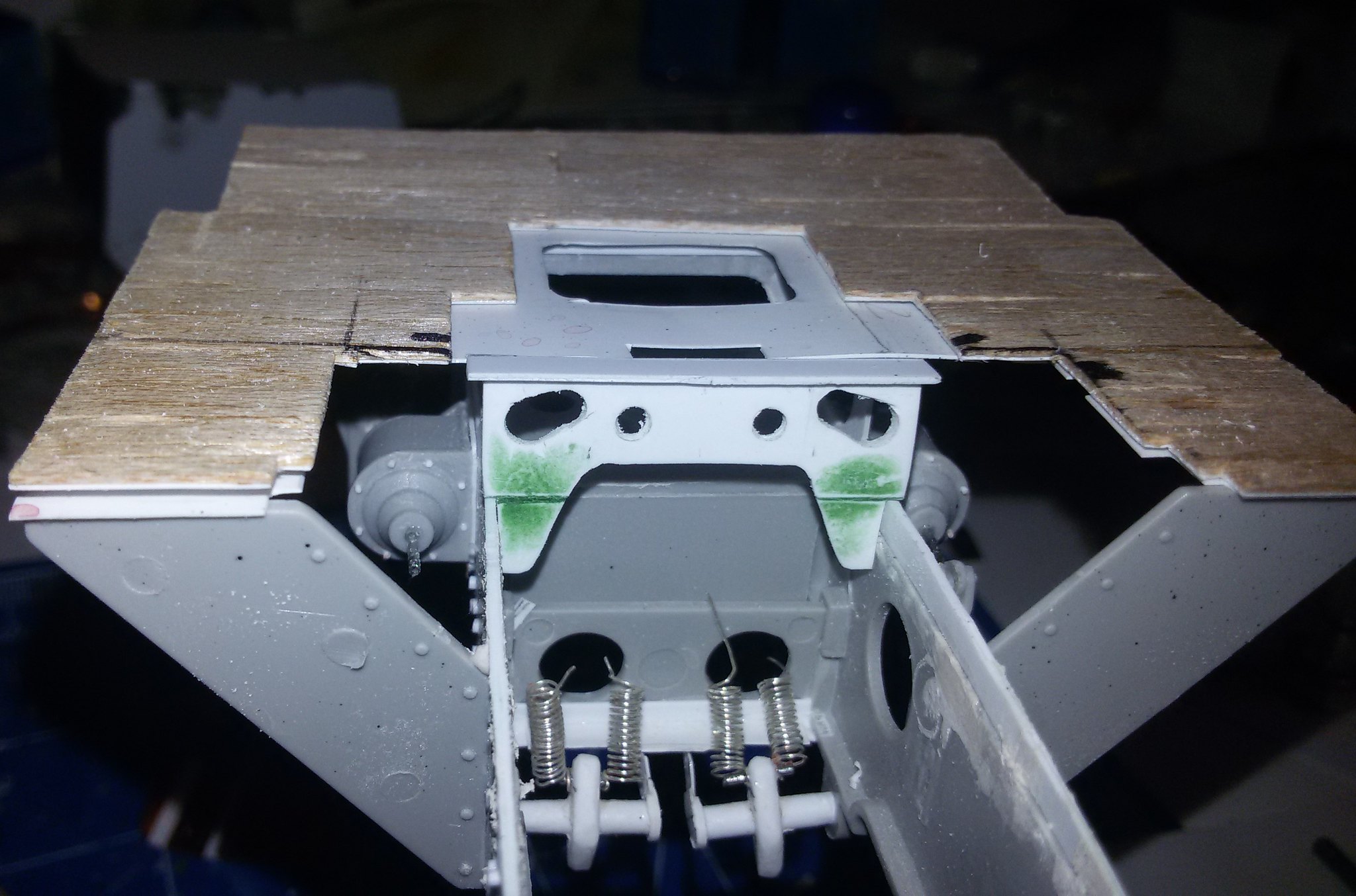
Designing the new frame interior (I had to cut all out again, as I assembled frame parts before doing the whole research)

Adding the water feeder pipes running to the injectors
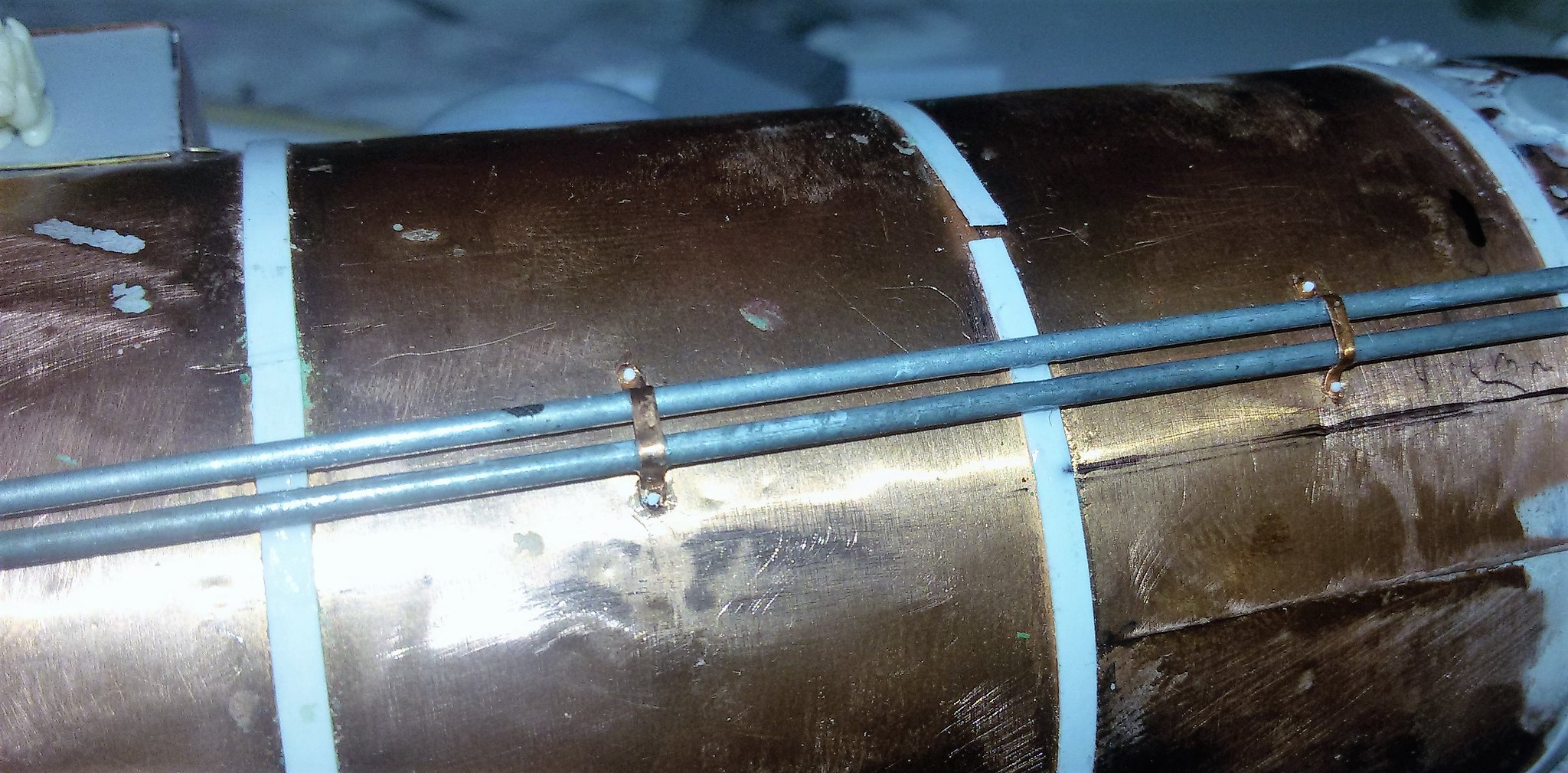
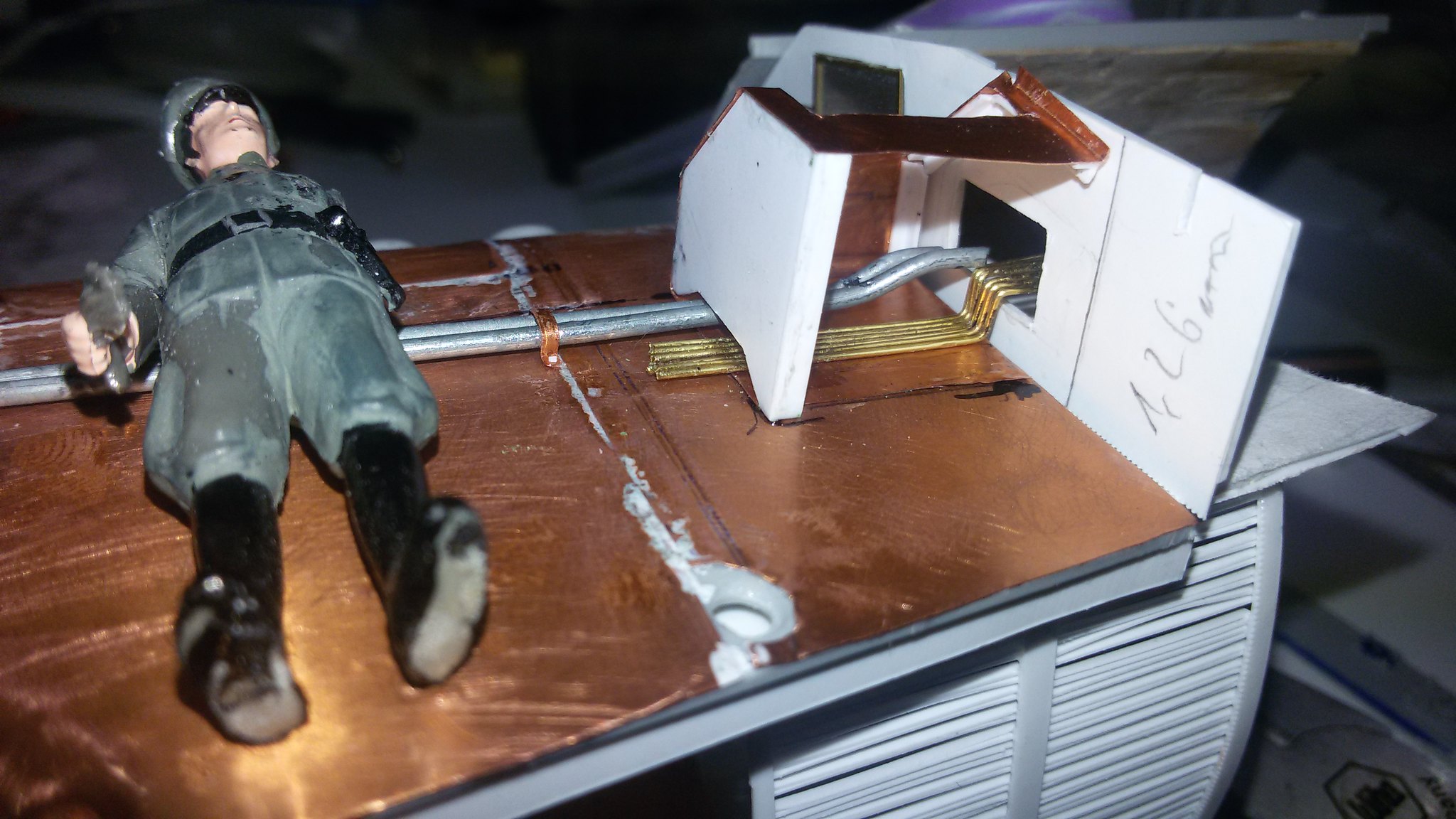
The injectors need to be cut into the frame, whey are mounted below the outer layer, not on top as shown in the LZ model manual.

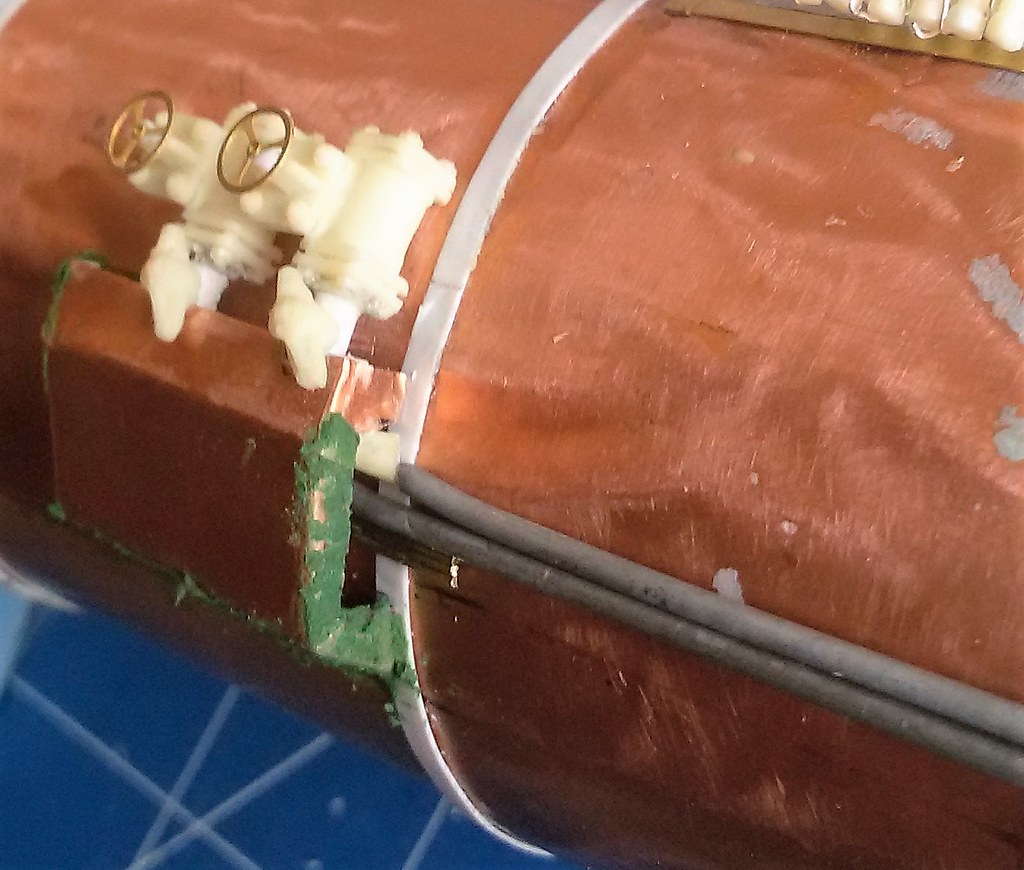
Frost protection partially added:

The LZ models Knorr Doppelverbund Luftpumpe with some added bits and minor adjustments, an excellent thingy,
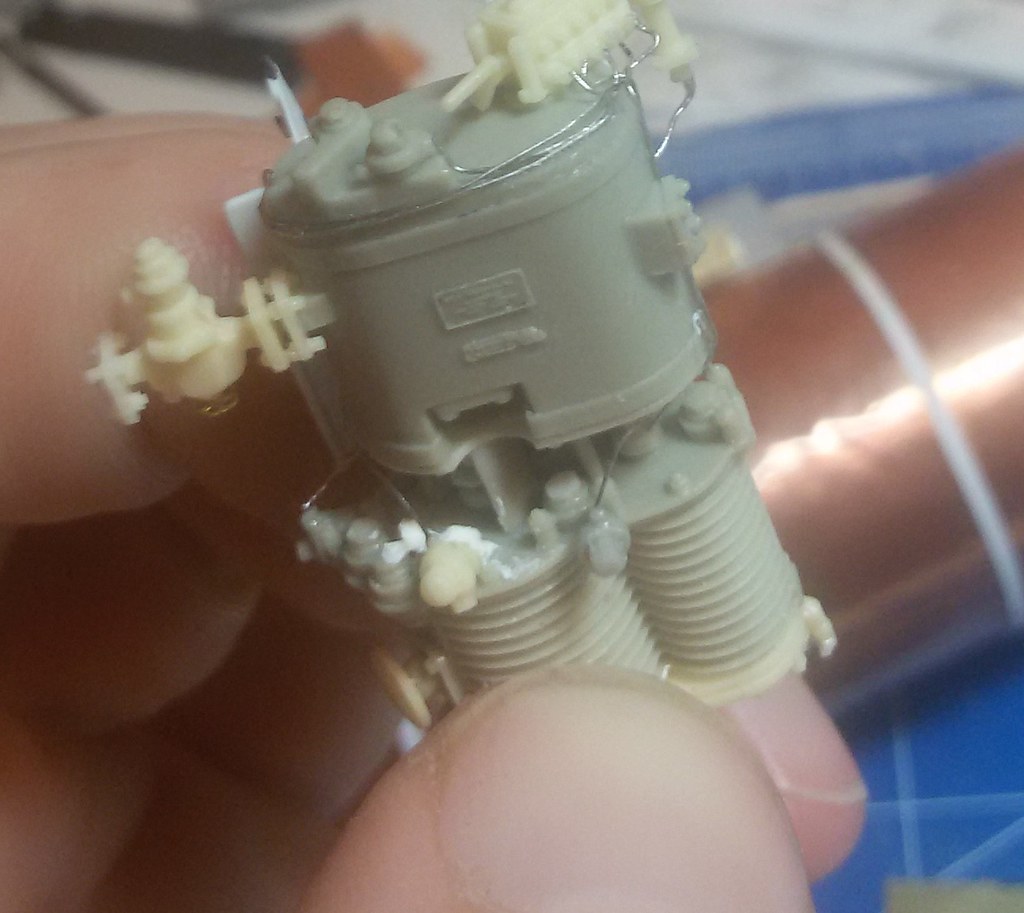
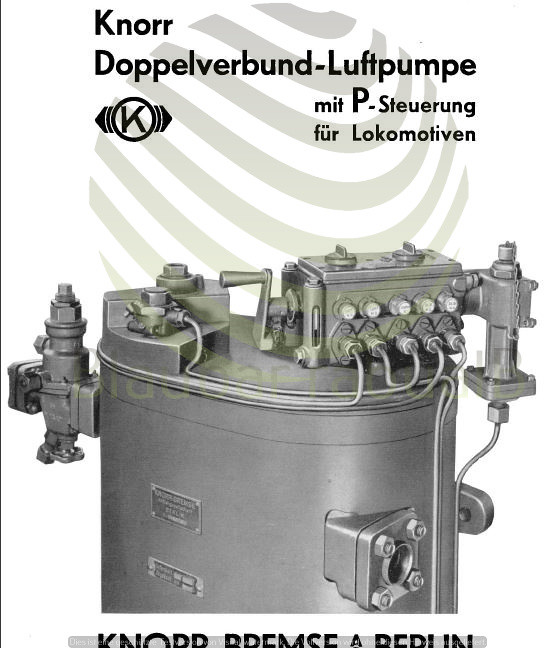
Pipe dimensions and pipe layouts sketched
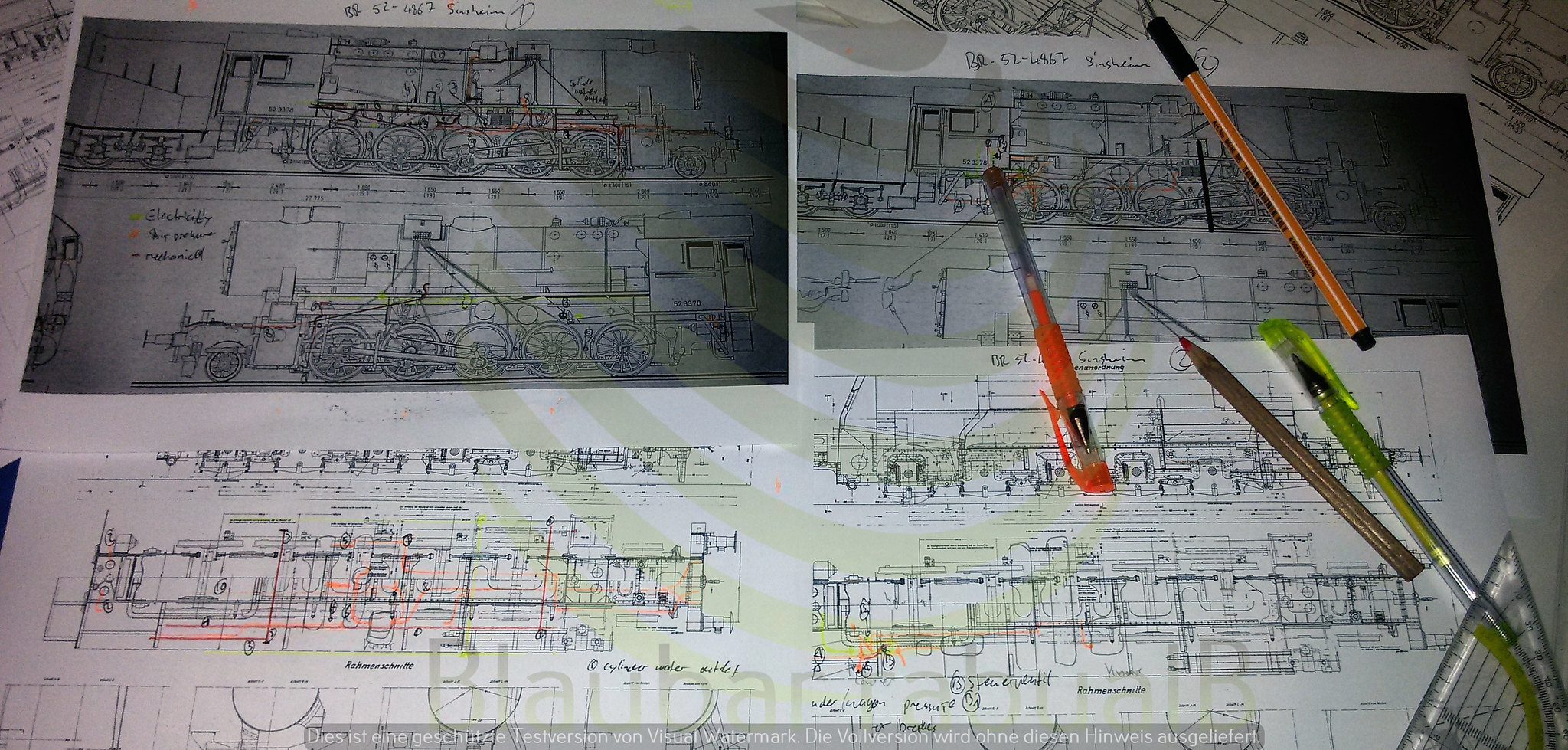
Redesigning the cylinders

Building the smoke box
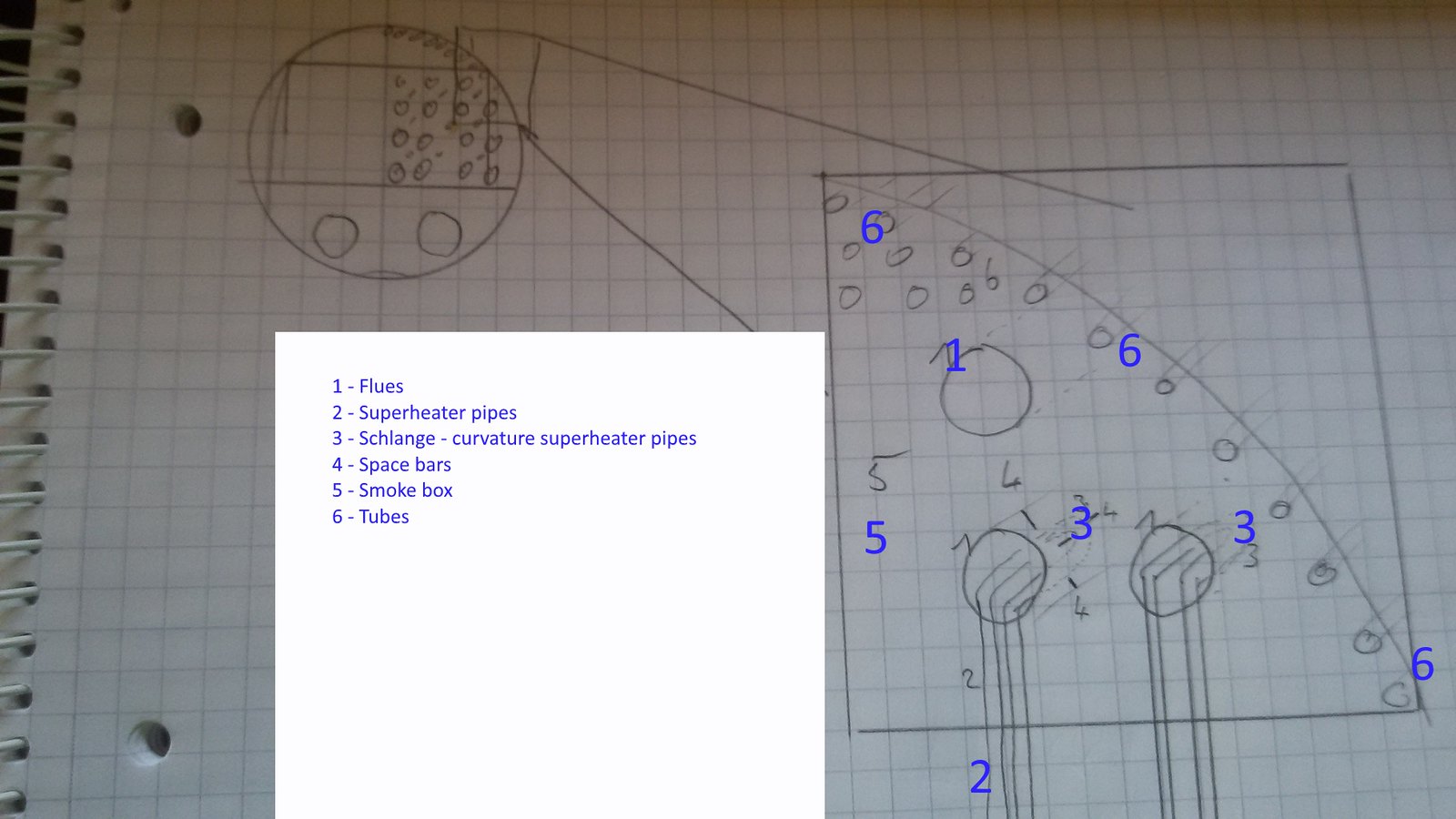
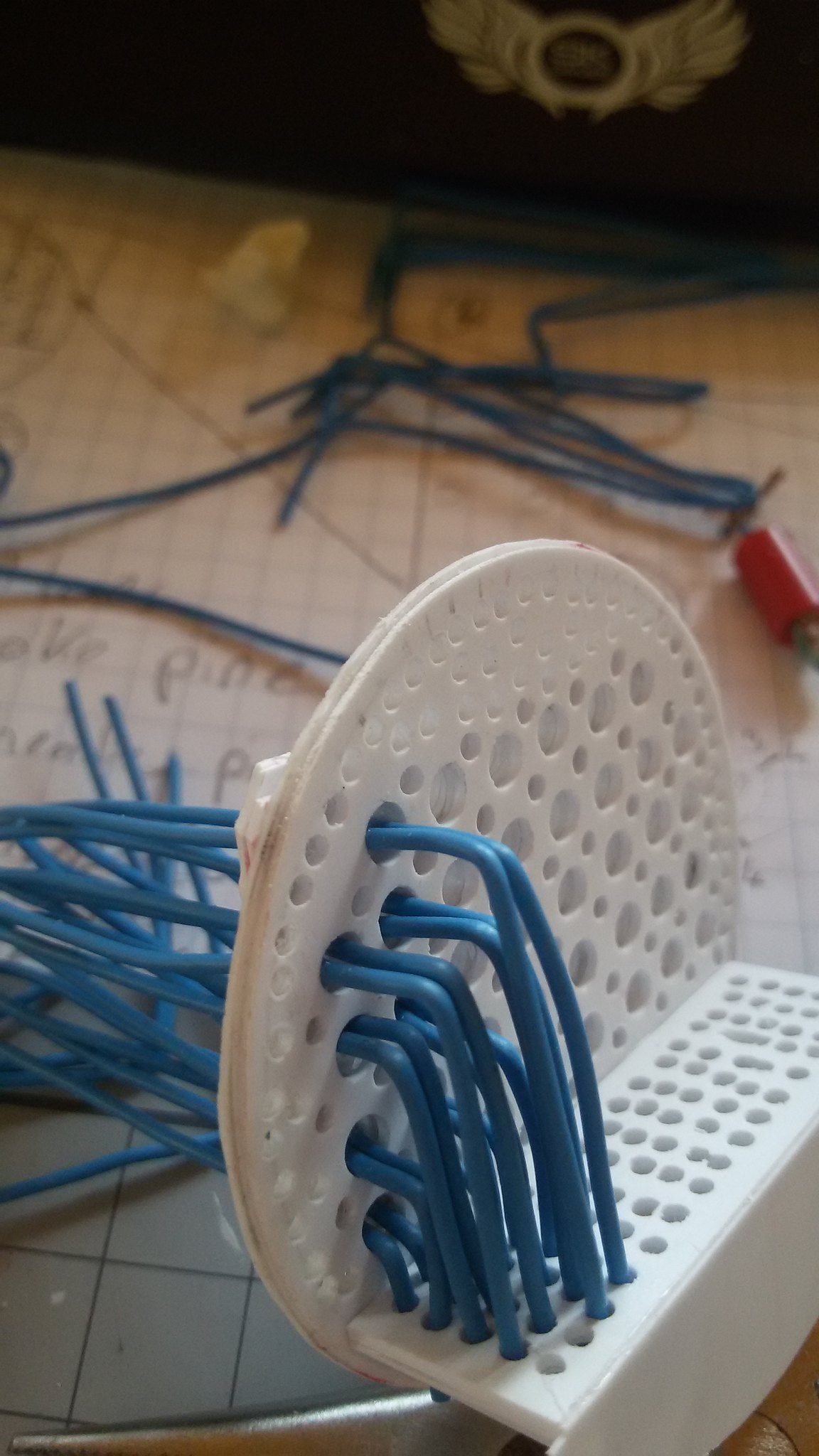
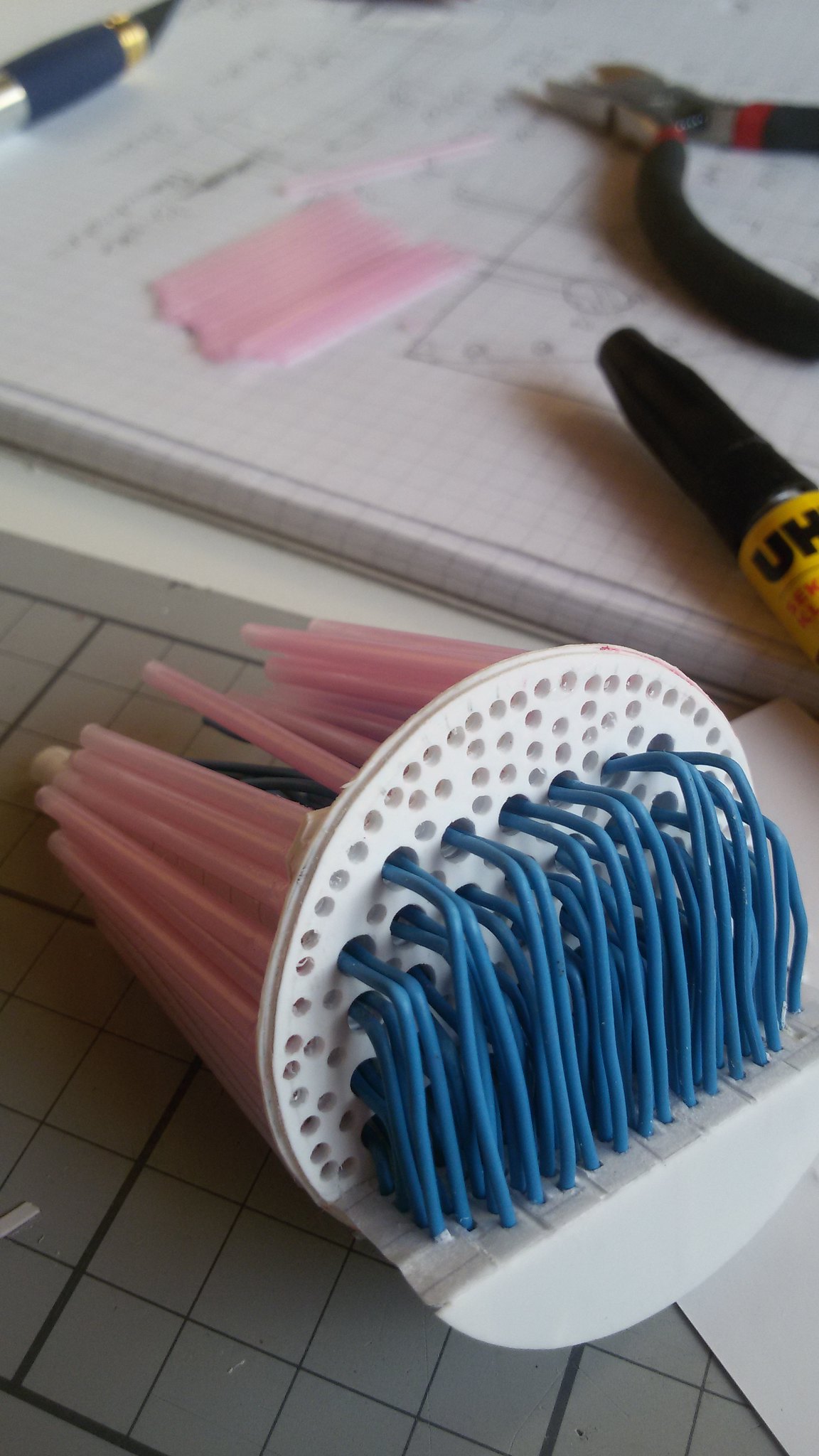
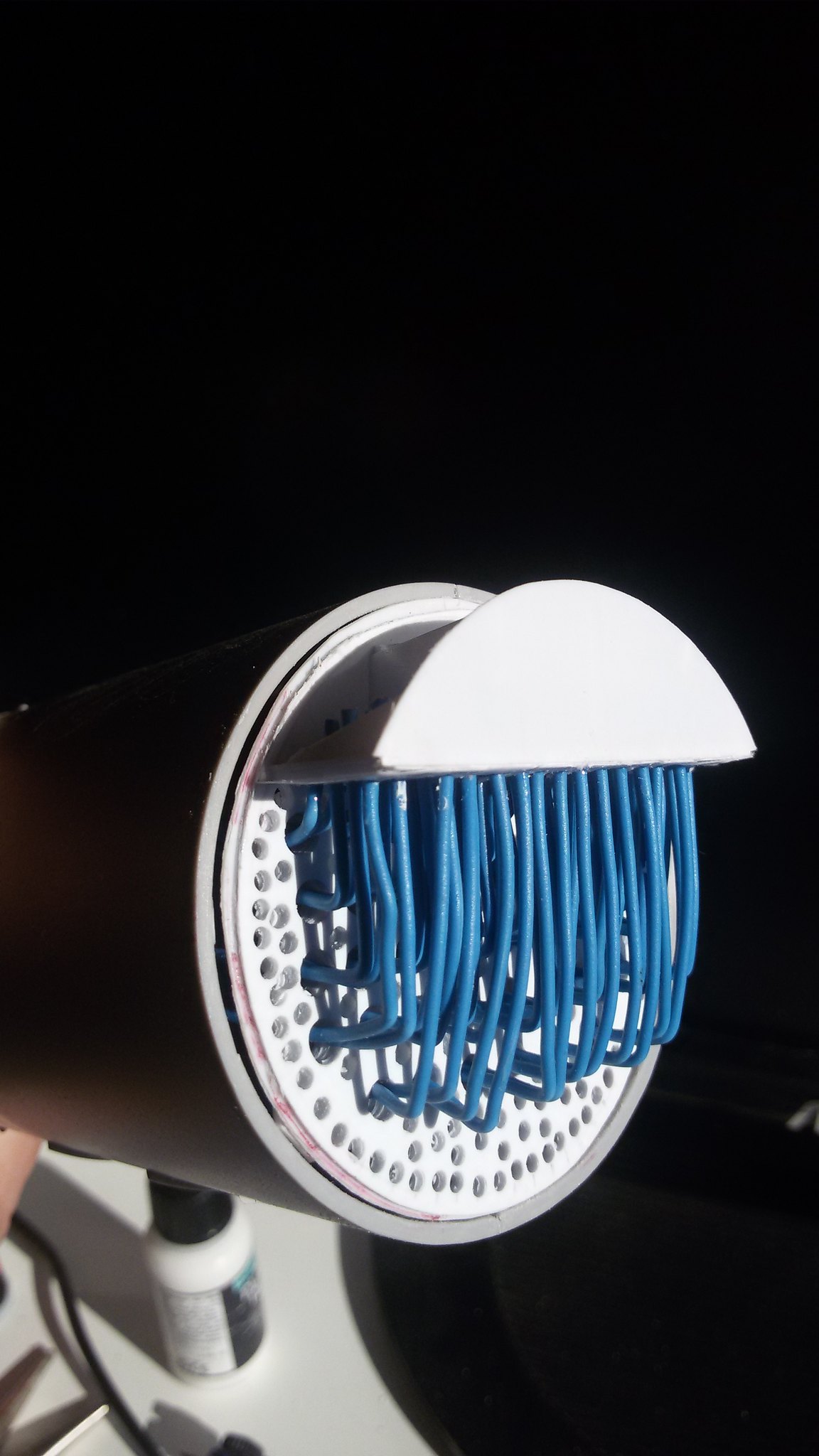
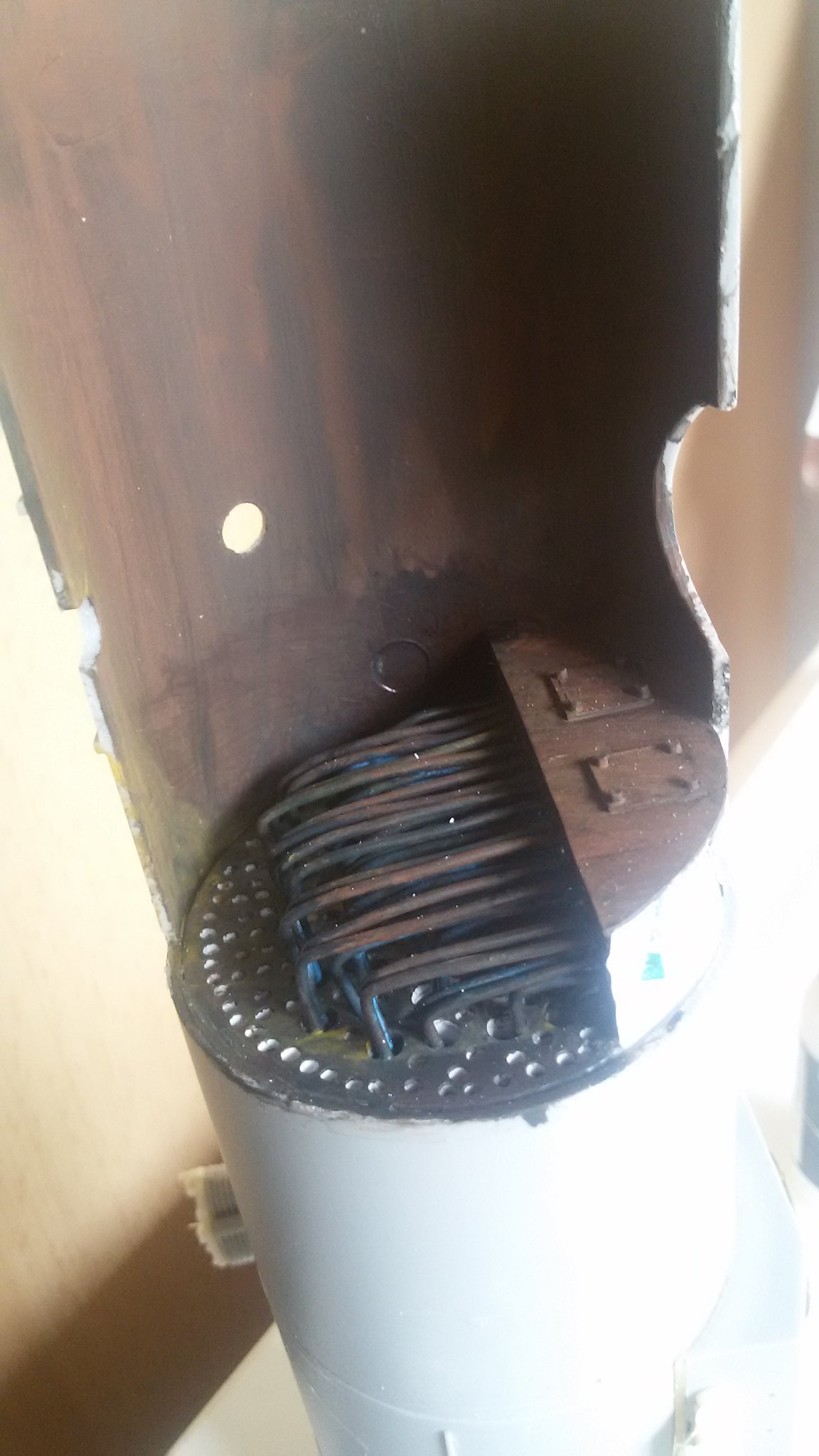
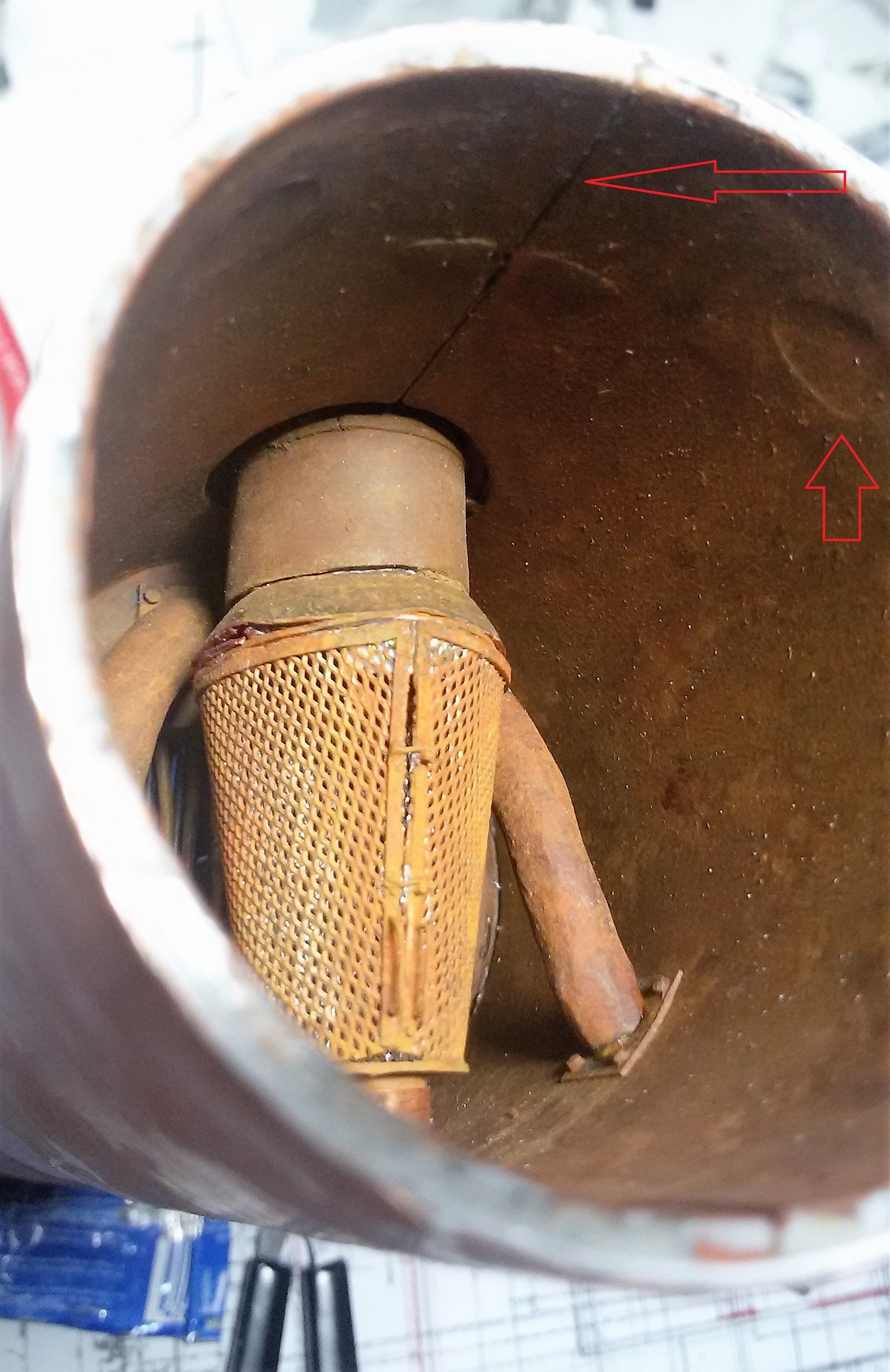

Loco from above


And now off to some history (I have posted this before, so it is copy paste) as part of a 15 page research paper I have written, for those who are curious about the history:
The history and the development of national railway systems and the changing shape of the worlds with the forthcoming of industrialisation and the industrial revolution are a topic by themselves and beyond my realm of time and scope for a modelling website, but I may highly recommend this topic in general. As the early times are not of vital importance to this build blog, but a later one, I will start with the early 20th century. To get a better view about the history and the importance of the railway, especially during the inter-war years which led to war time deficiencies, I need to dig into this matter a bit, before getting to the war-years and the actual production and development of the Kriegslokomotive.
After WW1 the German Reich had been imposed the burdens of the Treaty of Versaille from May 1919. As part of the Weimar Constitution, the “Staatsbahnen” (provincial railroads) were nationalised in 1920 on April 30 by a vote of the “Nationalversammlung” (national assembly), dated back to April 1 according to RGBl. Nr. 95, page 773p. (LINK) With §1.3 of the so-called “Staatsvertrag” clarifying that the whole stock of each provincial railroad be taken over by the “Deutsche Reichseisenbahnen - DR” (German National Railway).

*1) http://alex.onb.ac.at/cgi-content/alex?aid=dra&datum=1920&page=1007&size=45
The former “Staatsbahnen”, there were seven of them, each had their own nomenclature of engines, waggons, signs and regulation. From 1913-1919 the engine stockpile varied between. In perspective, the stockpile was about 20,000 engines, classified in 400 categories, which were successively reduced over time until later during the early 1940s they stood at less than 28! In 1920 the steam engines were classified into 99 categories, based on their axles. Later during July 1923 they were reclassified even further, then including the newly planned Einheitslokomotiven. The third and final renumbering plan got rid of now obsolete numbers as well as categories and further simplified the table below, by adding 7000+ numbers behind the class of the engine (the ones below), so that it would indicate the timely destruction of the respective train.
Table of steam engine classes 1923, based on second renumbering convention
01–19: Schnellzuglokomotiven (Express train locomotives)
20–39: Personenzuglokomotiven (Passenger train l's)
40–59: Güterzuglokomotiven (Goods train l's)
60–79: Personenzug-Tenderlokomotiven (Passenger train tank l's)*2
80–96: Güterzug-Tenderlokomotiven (Goods train tank l's)*2
97: Zahnradbahnlokomotiven (Rack railway l's)
98: (normalspurige) Lokalbahnlokomotiven (Branch line l's)
99: Schmalspurlokomotiven (Narrow gauge l's)
*2) Tank locomotives carry water on coal on board, without a tender











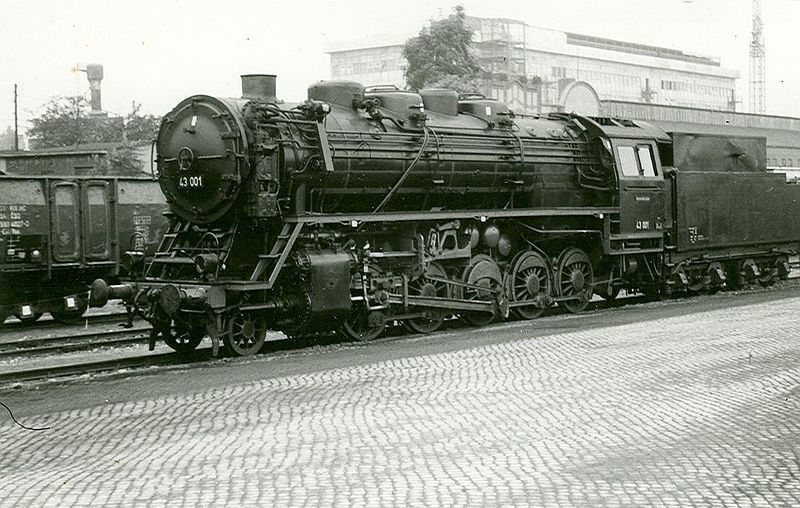
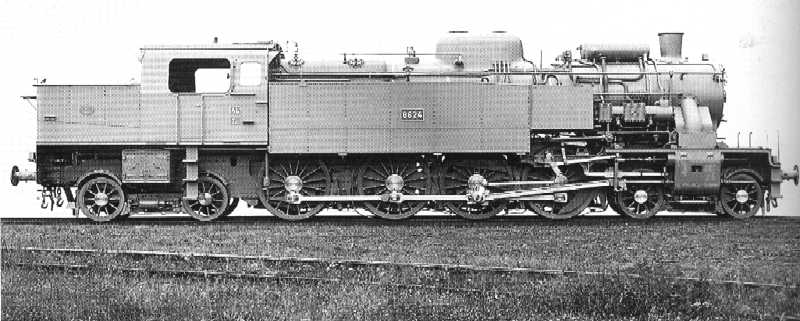
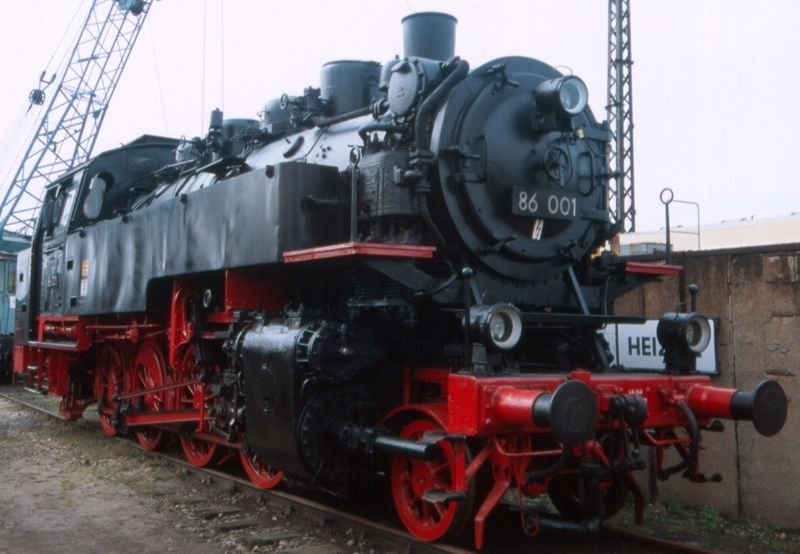
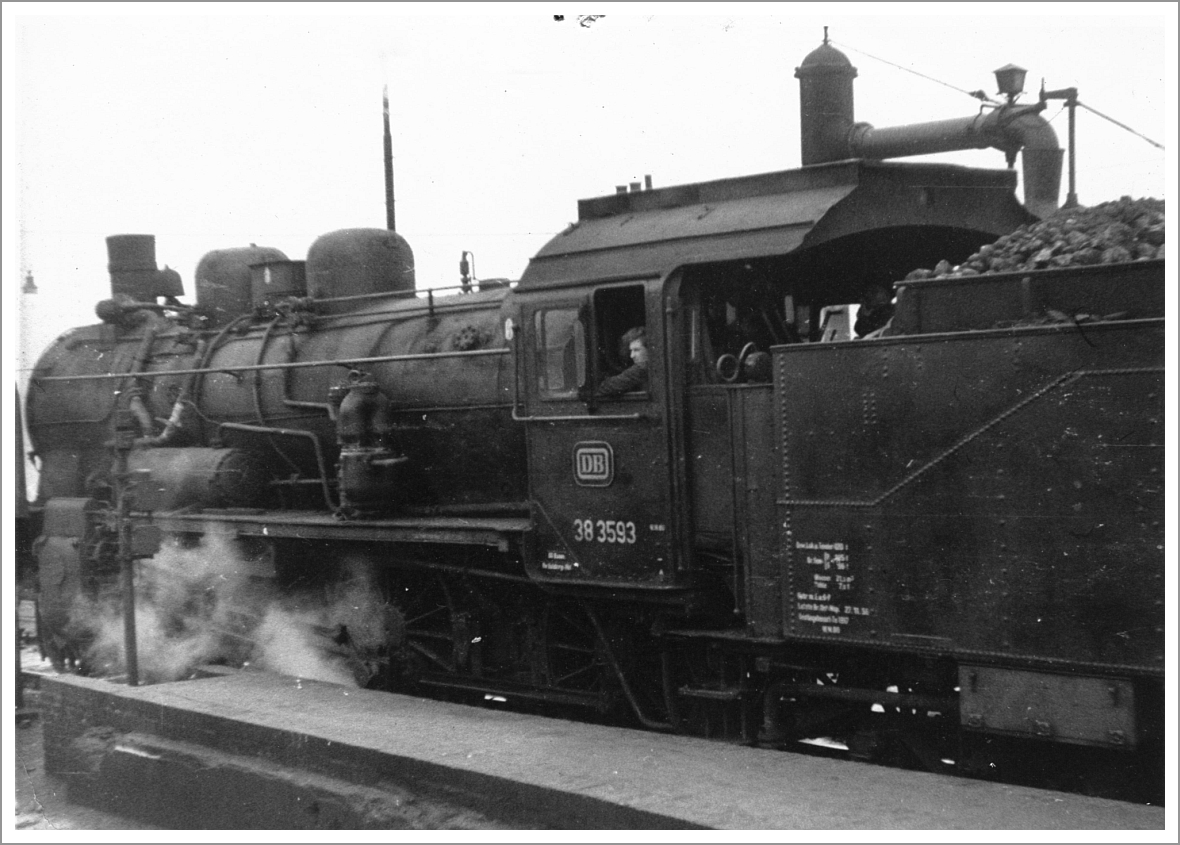




















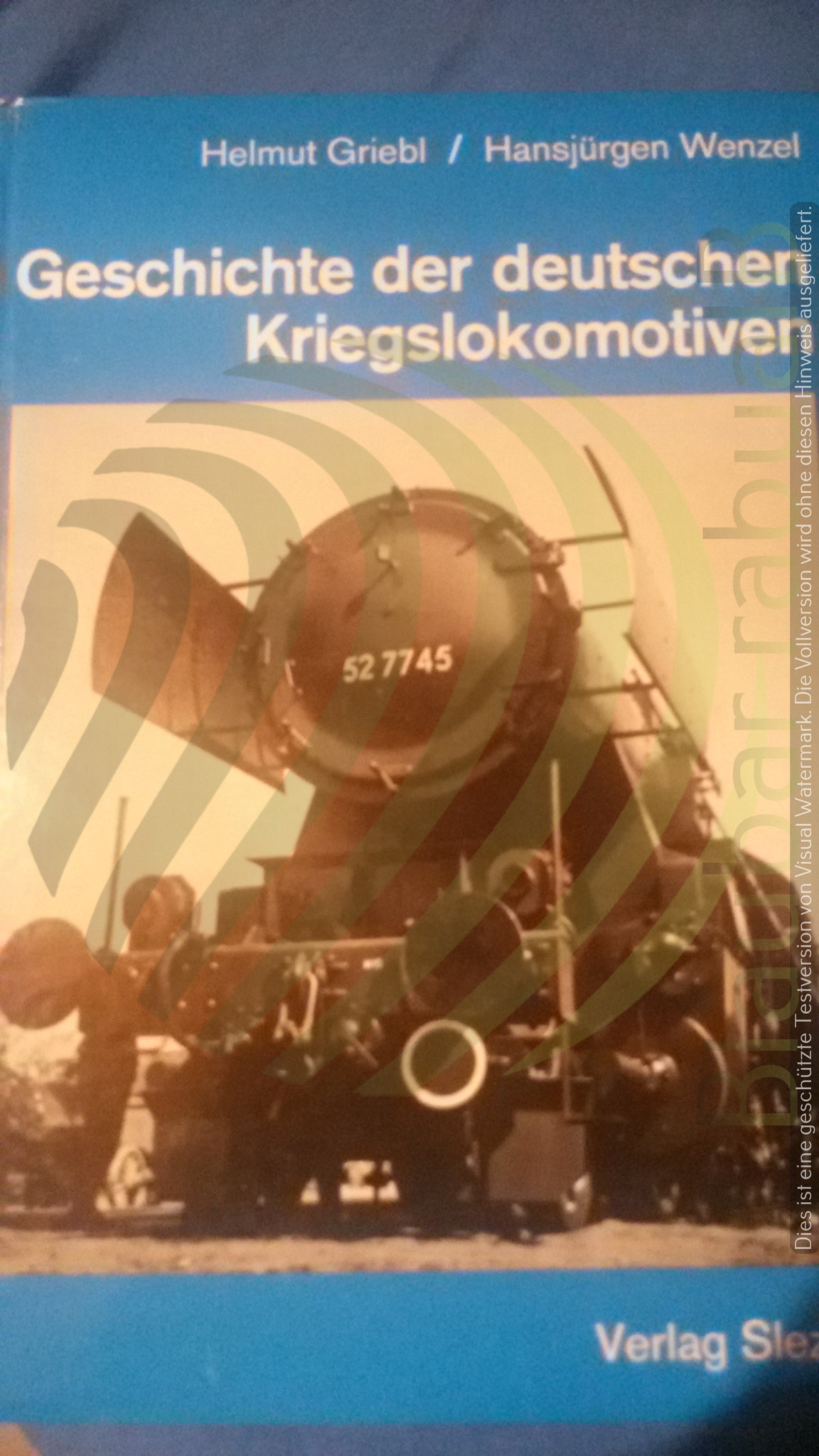

 [/url]
[/url]
 [/url]
[/url]
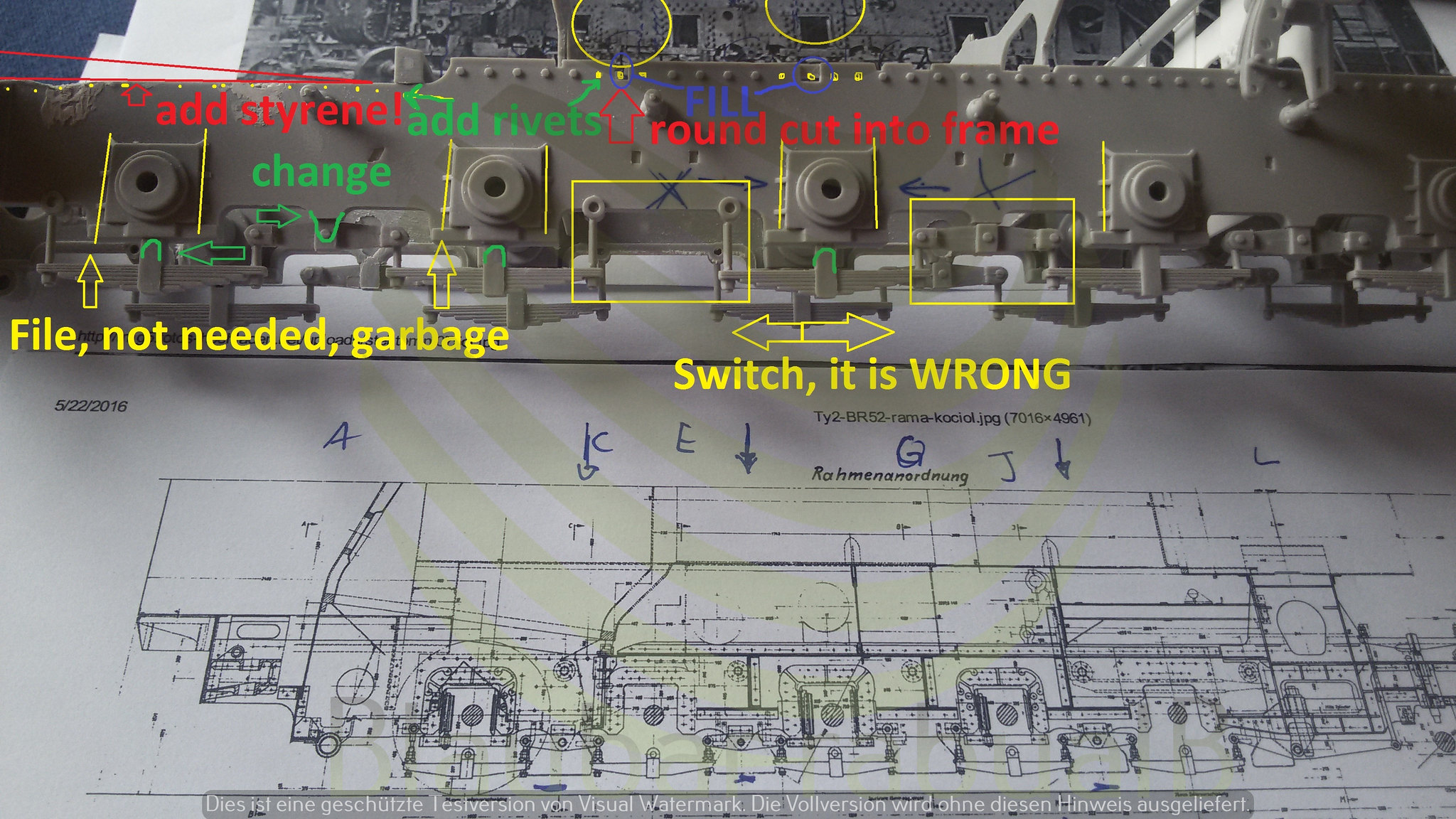
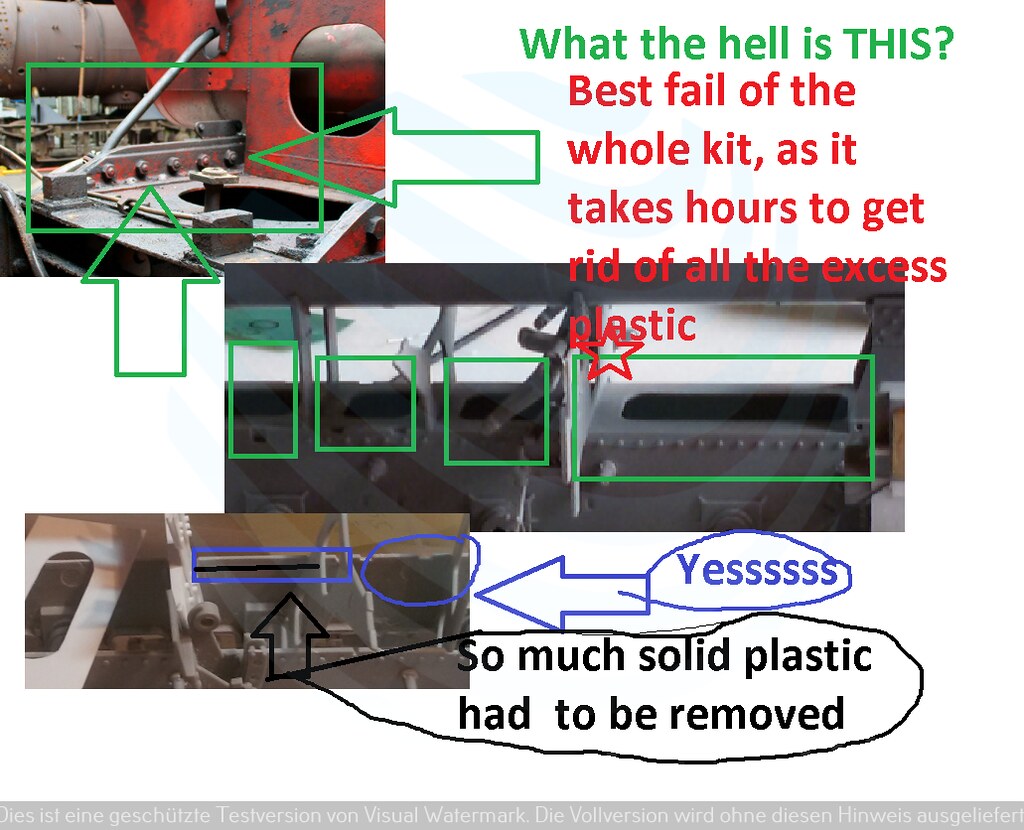

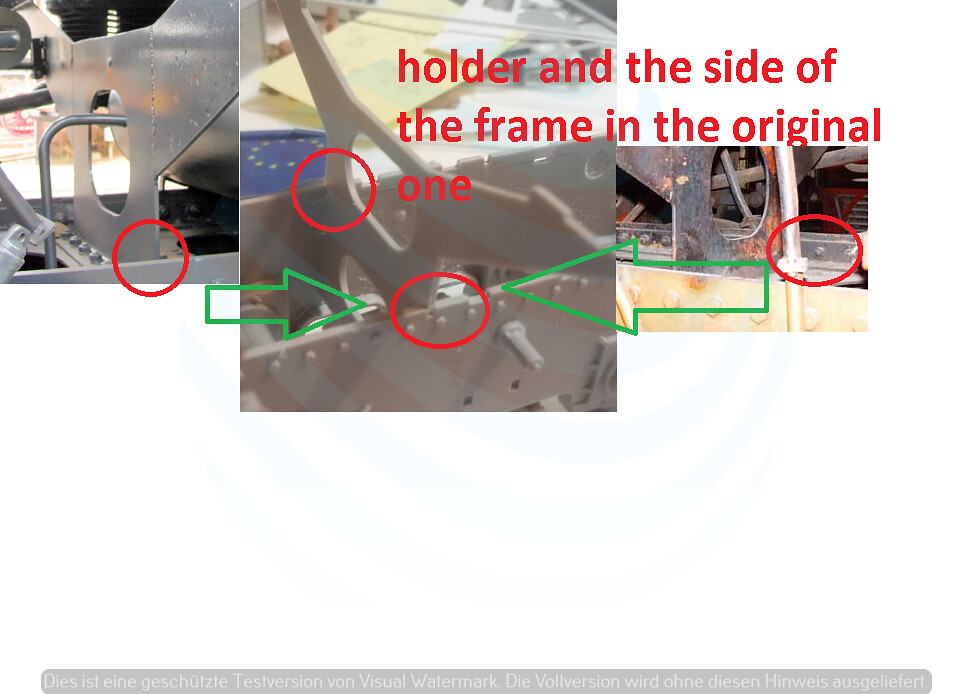





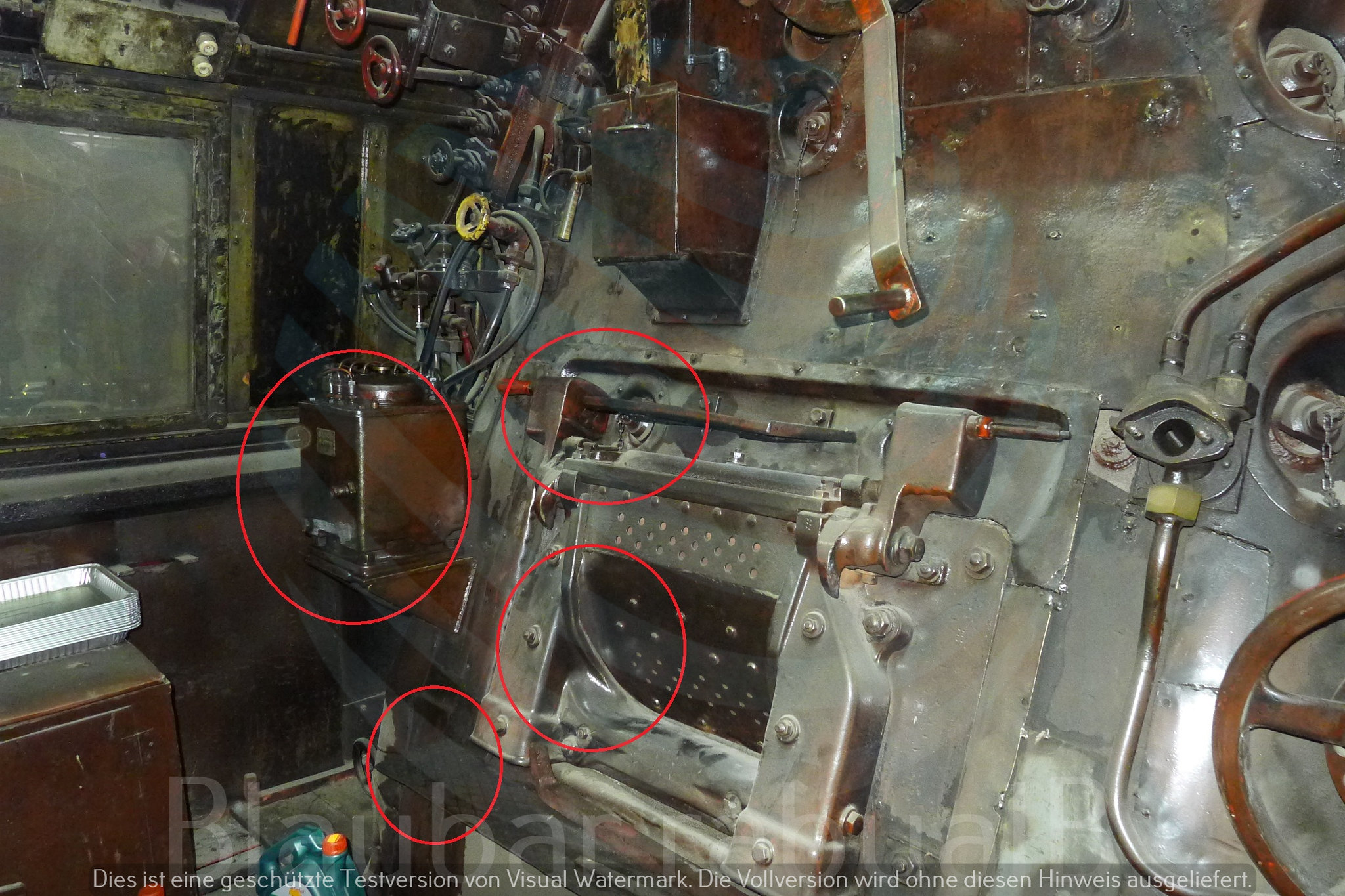
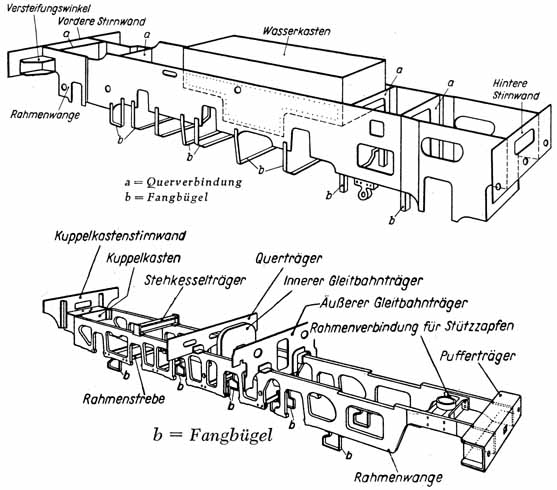







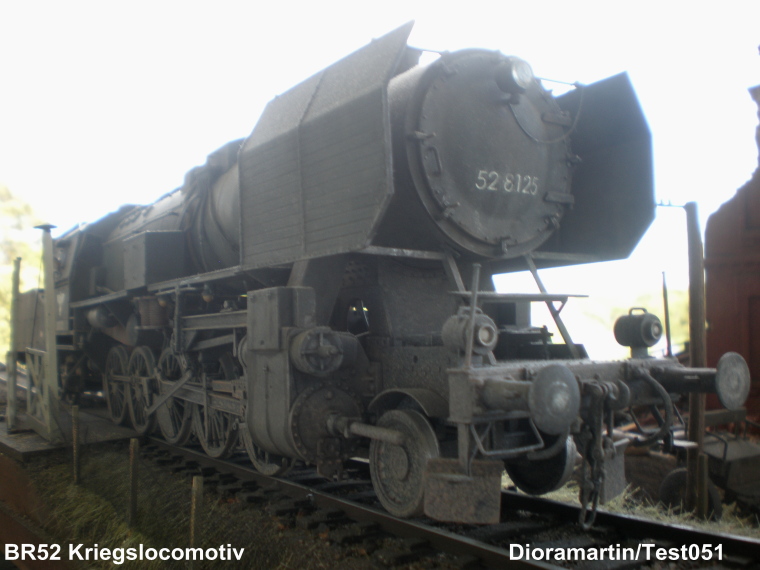




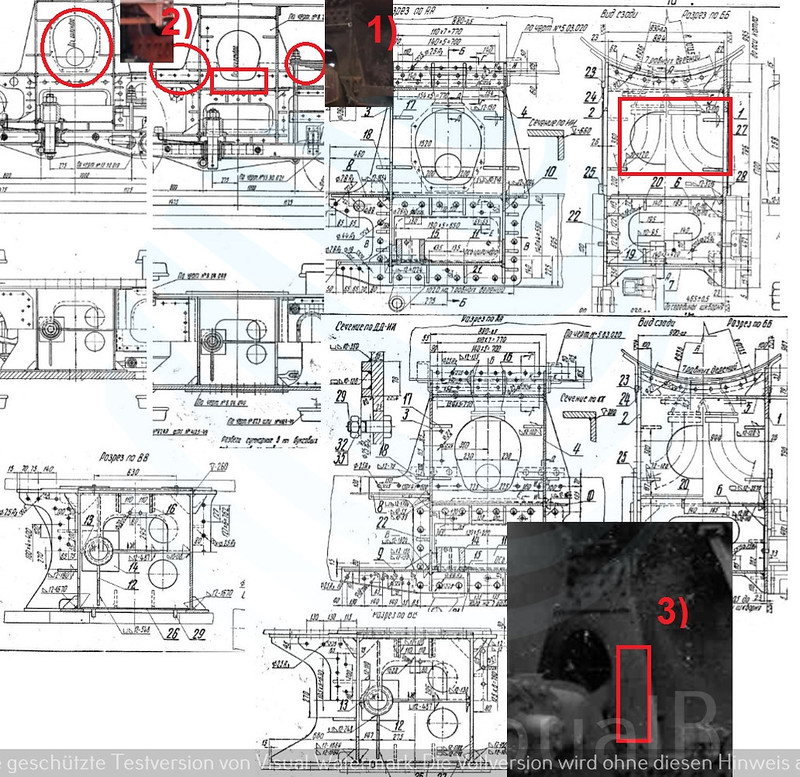 *1)
*1)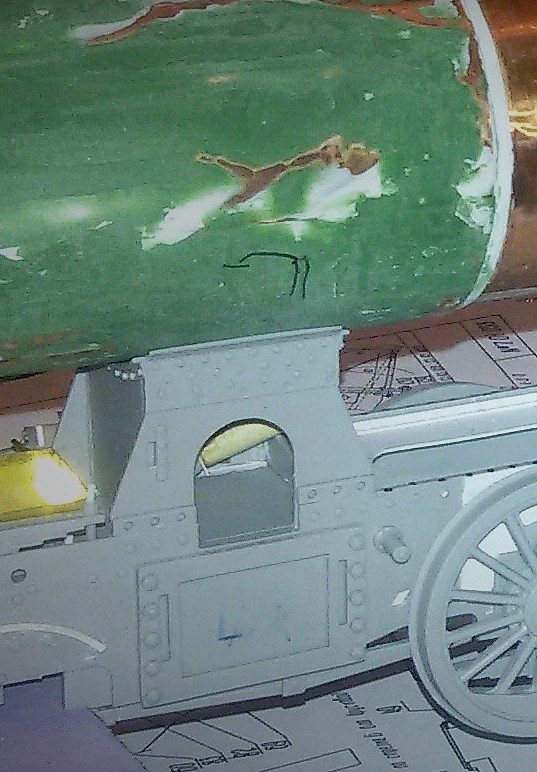
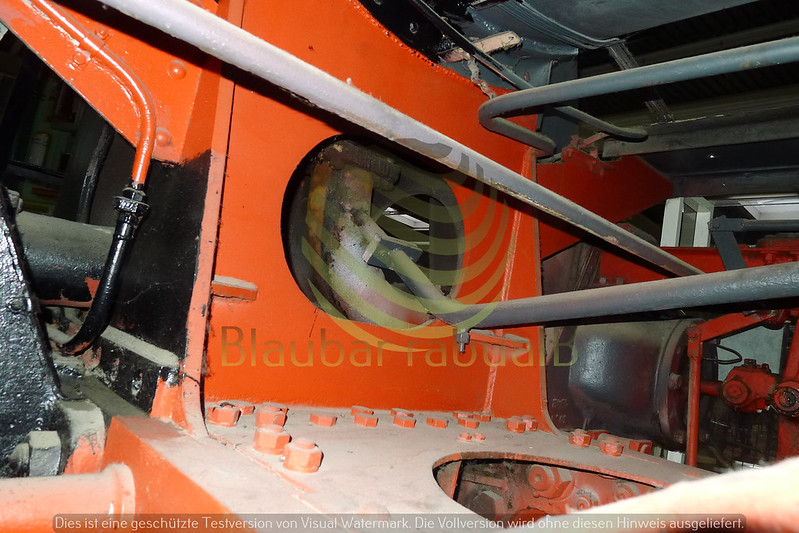

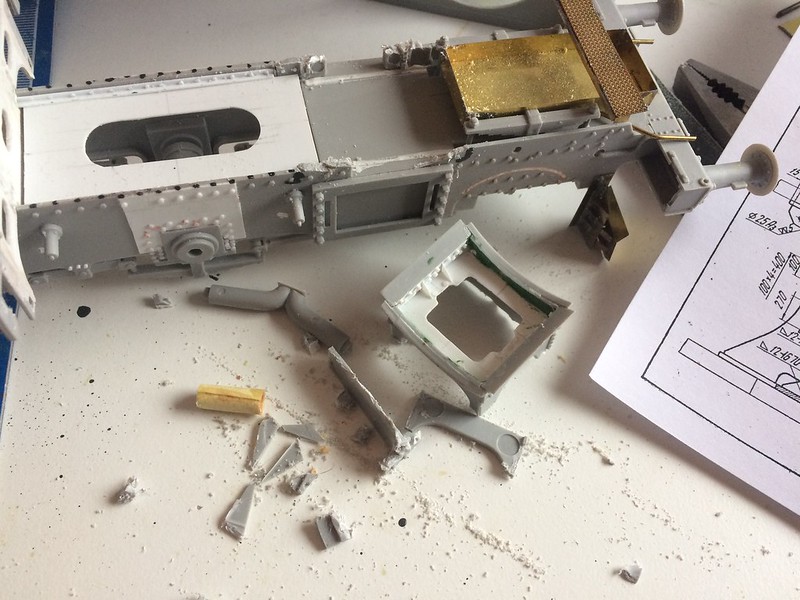



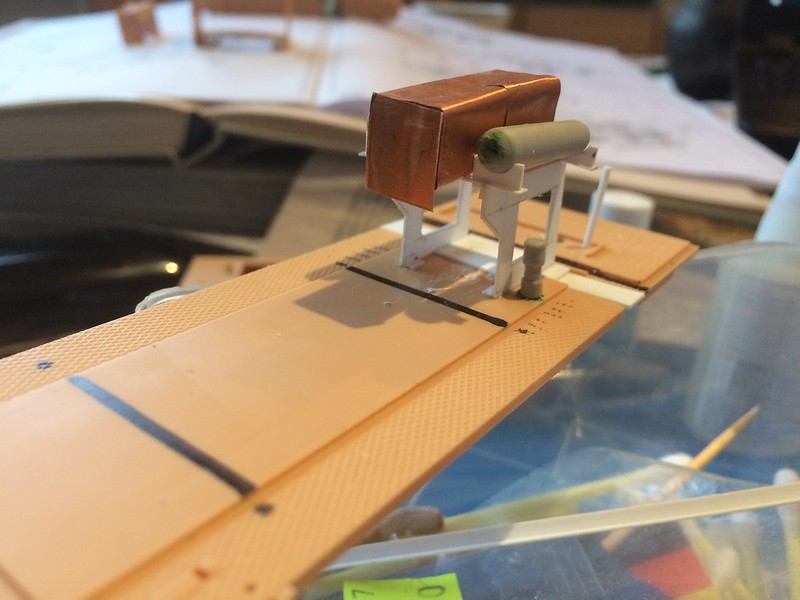 [/url]
[/url]
